| Title | Platform/Version | Time to Beat | Achiev % |
|---|---|---|---|
| Final Fantasy VI | PC (Pixel Remaster) | 37.5 Hours | 100% |
| Used Modifications: – Pixel Text Replacement – Playstation Button Replacement – 2x Speed modification (to assist in mindless grinding) |
Intro – What it Feels Like to Love…
Final Fantasy VI was released in 1994 for the Super Nintendo by Squaresoft, and received a localization in the west as “Final Fantasy III”. For many of us, this was our first introduction to the game, and it wouldn’t be until 1999’s Final Fantasy Anthology that it was rightfully recognized as Final Fantasy VI in the west.
Final Fantasy VI was the first game in the series not to be directed by Hironobu Sakaguchi, and this directorial change, along with stronger input from artists and designers, would result in giving us a game that was narratively and stylistically evolved from previous entries, without losing the “soul” of what Final Fantasy had become. One such artist, Tetsuya Nomura, would even go on to redefine what a Squaresoft JRPG would look and feel like with his iconic work on FFVII, VIII, Kingdom Hearts, and others in the late 90’s and early 2000’s. In many ways, FFVI is a tentpole in gaming, it was the moment when designers and audiences would realize that complex, mature storytelling had a place on console videogames. It is an absolute work of art, consistent in theme and vision throughout, and is a rollercoaster that grabs ahold of the player and doesn’t let go until its dramatic conclusion.
While many people point to FFVII as the moment that JRPGs “changed”, it’s monumentally important to give FFVI the credit it deserves in paving the way for its much more popular sibling. Final Fantasy VI is the giant whose shoulders those later entries would stand on and is the absolute pinnacle of the 2D JRPG.
Whimsical vs Cinematic
While not the first attempt at a Cinematic entry in the series, FFVI is definitely the first successful one. While it would be easy to just say that FFVI is what FFII would have been if given the hindsight and technology that was available in 1994, that would be putting it too simply. Yes, FFVI borrows the themes of resistance against an evil empire from FFII, but in so many ways it elevates that narrative by learning from FFIV and FFV’s much stronger character arcs.
Squaresoft learned in FFIV that having characters with nuanced backgrounds and emotional connections to the events of the game was important. FFIV’s large cast of characters made the story feel grand and world-spanning, however its underuse of nearly every non-Cecil character revealed the large cast to instead simply a flimsy obfuscation of what was essentially a one-man show.
In FFV, we instead focused intensely on five characters, and used the additional bandwidth freed up from having so many entrances and exits to add actual personalities to the characters. Galuf is always jovial and high-spirited, and he’s written like a man out of his time. Faris speaks with a gruff, confident swagger befit of a Pirate Lord, while also being earnest and direct when around their friends. Lenna and Krile have their connection with animals and their roles as “princesses” inheriting the great burden of leadership inform their every action. And lastly, there’s Bartz, who starts aloof and distant but finds himself coming to love and cherish his friendship with the others while finding himself and the strength to be a hero. This was all accomplished because we got to spend so much time with JUST these five characters.
FFVI took those lessons from the previous entries and blended them. It reached for the stars and then somehow… succeeded in reaching them. We have this enormous cast of characters, but unlike FFIV, they are all given incredible reverence. Each character has a place in the world, a backstory. We see numerous flashbacks that inform exactly why each character is where they are in the world, why they feel the way they do. Then, FFVI takes it a step further by letting you decide who is in your party instead of forcing the narrative, which leads to many branching dialogue options and optional scenes.
FFVI embraces the ensemble and tells a compelling world-spanning story without sacrificing the character’s identities or forcing them to the sideline. And through this, we are allowed to tell an epic, grand story with character driven plots that would go on to become THE blueprint for cinematic storytelling in the genre.
The Gameplay
Final Fantasy Vi takes the battle systems of FFIV and FFV and combines them, giving us a system that feels refined to a well-polished sheen while being relatively “safe”. Gone are FFV’s flexible jobs, but in their stead, we have a renewed focus on character identity. FFVI features a cast of fourteen characters, each with their own unique ability. Some, like Locke and his “Steal”, are lifted directly from existing Job archetypes (in this case, Thief). Others, like Celes and her “Runic” ability, are super unique and don’t fit any existing molds up to this point in the series.
The one large change for this game is the magic system. In FFVI, 13 of the 14 playable characters are able to use magic natively, as long as they have been taught it using the Magicite/Esper system. Esper’s are a big part of the story of the game, and this is a great example of story informing gameplay. When an Esper dies, they become “magicite”, which is a crystal that can be used to teach that Esper’s magic to a character. Want to learn Fire and Fira? Equip the “Ifrit” magicite on a character and do a bit of grinding, and those spells will be permanently added to that character’s magic casting repertoire. The system is flexible and forgiving of mistakes, you are never really locked into any boxes by the game and can play with the party members you like the most.
Outside of combat, there’s a few neat elements that I wanted to touch on. First, the game DOES have a “main” protagonist in Terra, however, by no means are the events of the game told solely through her eyes. After the first act, it’s arguable that the game shifts to being entirely an ensemble piece, with different characters all taking the spotlight at different times as necessary. To accomplish this, FFVI has multiple sequences throughout where you are forced to split your party and switch between them to complete an objective. In fact, in the middle of Act 1, there’s an entire sequence in the game where you play through entire storylines with different groupings of characters in the order you wish. This allows the game to tell a cinematic, globe-spanning story and explore events that are happening simultaneously while still giving the player insight into the action.
Due to the incredible focus on cinematic storytelling, the gameplay had to be updated to match. We are offered many fun sequences that are used as devices to ramp up the tension, to make us feel invested and involved, and to grab your attention in a way that no other FF had thus far. Escaping down Lethe River is an action set-piece that you both watch and play. The incredible Opera Sequence (widely held as one of the most impressive and captivating events not only on the SNES as a whole, but also in all of Final Fantasy) is a mixture of cutscenes, dialogue puzzles (you feed Celes her lines during her singing) and a race against the clock to get to Ultros in the rafters. It’s exhilarating and tense and you feel overjoyed each step of the way as the myriad of characters involved each play their part.
FFVI just gets it when it comes to making the player feel involved in the events playing out. We frequently switch POVs, but it never feels jarring because we always are the ones guiding the narrative and performing all of the actions. This is a game that, while not re-inventing the wheel with any of its systems, was just firing on all cylinders in delivering the exact experience intended by the creative staff.
The Story
FFVI has two narrative halves, broken up into three primary acts. The world of FFVI is a blending of Fantasy and Steampunk, giving us a strong dose of what the game calls “Magitek” which is basically magic powered steam technology.
The first half of the narrative sets up a world at war, and the second half of the narrative escalates events, explores the hubris of being power hungry, the realities of racial genocide, and culminates in a rare example of what would happen if maniacal villain actually “won”.
Twenty years ago, a small nation in the south led by a man named Gestahl found a gate to the land of the Espers. Espers are a race that used to be Humans before being infused with magic by ancient gods known as the “Warring Triad”. Gestahl attacked the Espers and enslaved a number of them before the Espers sealed the entrance to their world, returning to hiding.
Now, twenty years later, Gestahl has used the enslaved Espers to create weapons of destruction and has begun to take over the world. There are heavy Nazi motifs here, with his army of soldiers saluting Gestahl looking straight out of German propaganda.
Using his enslaved Espers, Gestahl had a scientist named Cid begin attempting to create genetic super soldiers through heavy experimentation. The first attempt at a super soldier was on a man named Kefka. Kefka inherited great magical powers, but also was damaged by the process, causing him to become sociopathic. Cid’s second attempt was on a young woman named Celes, who would retain her faculties and would become a legendary general in Gestahls armies. With Kefka and Celes at his side, Gestahl was poised to conquer the entire planet.
Standing against the Gestahl Empire were The Returners, a collection of peoples from all of the neutral unconquered territories of the world who resisted Gestahl’s iron fist. The Returners are very weak and have no way of directly combating the Empire and it’s ultra powerful magitek weaponry.
Act 1 begins when an Esper is found in the neutral town of Narshe, frozen in a block of ice for untold ages. Not willing to let the Esper fall into the hands of the Returners, Gestahl sends a force to Narshe to retrieve it. This force includes Terra, a young woman who is known as a demon on the battlefield and who pilots magitek armor with ruthless efficiency.
Terra Branford
Terra is an Emperial magitek pilot, controlled by a slave crown given to her by Kefka. She knows magic and has no memories or knowledge of who she really is.



Celes Chere
Celes is an Emperial magitek pilot and General in the Gestahl Empire. Her magical powers were bestowed on her due to experimentation at a young age by the scientist Cid at the orders of Gestahl.


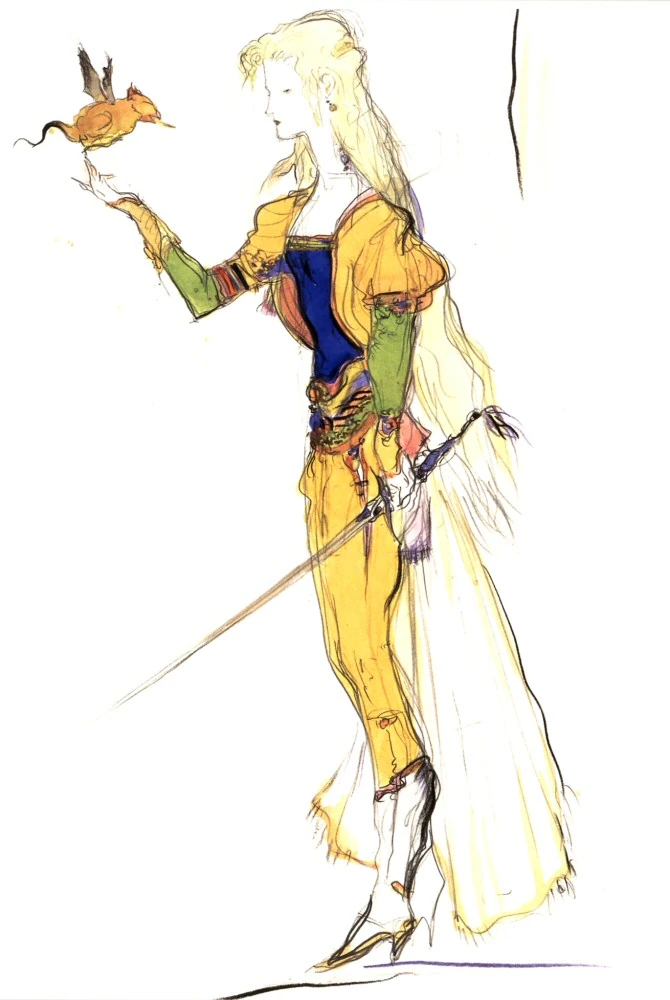
Kefka Palazzo
Kefka is a general in the Gestahl Empire. He’s a madman who lost his humanity due to experimentation by the scientist Cid at the behest of Emperor Gestahl. Known for his laughter and eccentricities, he is known as being willing to do anything to achieve victory, no matter the cost.



Act 1 – The Returners
Act 1 plays out akin to all the tropes you would expect. Terra has been brainwashed by the Empire and is assisted by the treasure hunter Locke and the King of Figaro, Edgar, to escape Narshe and the pursuit of Kefka (who wants his slave back). Shortly thereafter, we meet Edgar’s twin brother, Sabin, who ten years ago rejected the life of royalty to become a monk to get strong enough to fight back against the Empire. We meet The Returners and their leader, Banon, and they convince Terra to help them even though Terra doesn’t know why she knows magic or who she even is, due to the Empire’s brainwashing.
Then, we learn that Kefka is going after the Esper in Narshe again, so we set out to defend it. The group encounters a strange octopus monster named “Ultros” (who, by the way, is a DELIGHT and essentially fills the same role in this game as Gilgamesh did in FFV) and get seperated and must each make their own way back to Narshe.
Along the way, we meet Cyan of the distant Kingdom of Doma, who joins after Kefka poisons Cyan’s people, killing his son and wife as well as the King in the attack. We meet Gau, a wild boy of the Veldt, who had been abandoned as a child and survived on his own amongst the monsters. And we join with Celes, who has deserted the Empire after learning of Kefka’s monstrous actions in poisoning Doma. Together, the group band together and fight off Kefka in a climactic battle in the mountains above Narshe.
After the fight, Terra has another reaction to the Esper, and this time, transforms into a glowing monstrous creature herself, before flying off in a howl of terror and pain. The party follow after Terra, and find her in the care of an Elder Esper named Ramuh. Ramuh explains that some Espers that look humanoid like him live amongst humans, and that he sensed Terra’s pain and wants to help her. Ramuh tells the party that they must go to Vector, the capital of the Empire, and free the Espers enslaved by the Empire as one of them may be the key to helping Terra.
To get to Vector, we need an airship, so Act 1 culminates in the incredible Opera sequence, wherein Celes takes is a decoy for the famous opera singer, Maria. After the performance almost gets disrupted by Ultros once again (something that will become a recurring theme for this games’ delightful 8-legged antagonist) we trick Setzer into joining the cause and flying us to the Empire’s capital.
Kefka Palazzo
Kefka is a general in the Gestahl Empire. He’s a madman who lost his humanity due to experimentation by the scientist Cid at the behest of Emperor Gestahl.
Act 1: Kefka was controlling Terra with a Slave crown, and once it was removed, attempted to get her back. He poisoned the people of Doma to conquer that country, earning the ire of Cyan. He then took an army of soldiers to Narshe to procure the frozen esper there, before being rebuked by the assembled might of The Returners, sending him back to the Empire with his tail between his legs.



Terra Branford
Terra is an Emperial magitek pilot, controlled by a slave crown given to her by Kefka. She knows magic and has no memories or knowledge of who she really is.
Act 1: After having a reaction to the frozen esper in Narshe, she falls unconscious and is rescued by Locke. Her slave crown removed, she goes with Locke and Edgar to the hideout of The Returners and pledges to help them, despite not knowing who she is or why she has these powers. Upon their return to Narshe, she has another reaction to the frozen esper and turns into a monster, flying erratically before landing in Zozo, where she was being taken care of by the esper Ramuh.




Locke Cole
Locke is a Treasure Hunter and member of the Returners. Years ago, he lost the love of his life when he made a mistake while traveling with her and he refuses to forgive himself for failing to protect her.
Act 1: Locke comes to Narshe to rescue Terra after she is attacked by the Narshe citizens for being an Imperial “witch”. He takes her to Figaro and eventually the hideout of the returners, promising to protect her along the way. Then, he is sent to South Figaro after it is sacked by the Empire to investigate their next moves. After saving Celes in South Figaro, he helps The Returners defend the frozen Esper in Narshe. Feeling responsible for Terra, he offers to go to the Empire to free the enslaved Espers there.




Edgar Figaro
Edgar is the king of Figaro, and twin brother of Sabin. 10 years ago, his father was poisoned by the Empire. Where Sabin wanted to lash out, Edgar instead did the responsible thing and took over as king to be a just ruler.
Act 1: Despite feigning an alliance with the Gestahl Empire, Edgar has actually been coordinating with The Returners to fight back against the Empire. Locke and Terra come to the king for aid, and when he learns of Terra’s power, he decides that now is the time to openly revolt and take Terra to The Returner hideout. Edgar stays with Terra until, after the defense of the esper in Narshe, she flies off in her monstrous form. Edgar assists Locke and Celes in convincing Setzer to join their cause on a “coin flip”, using his special 2-headed coin. Edgar leaves nothing to chance.




Sabin Figaro
Sabin is the twin brother of Edgar. 10 years ago, when his father was poisoned by the empire, Sabin chose to run away from his responsibilities as a king. He has trained as a monk and wants to bring peace to the world with an end to the empire.
Act 1: Sabin runs into the Terra, Edgar, and Locke as they are making their way to the Returner Hideout. Joining their cause, now that Edgar is resolved to openly fight the Empire, Sabin joins the Returners as well. After an encounter with Ultros, Sabin gets separated from the group, and must find his way back to Narshe alone. Along the way, he befriends Cyan and Gau and convinces the two to join the cause as well. He is present at the defense of the Esper in Narshe.




Celes Chere
Celes was an Emperial magitek pilot and General in the Gestahl Empire. Her magical powers were bestowed on her due to experimentation at a young age by the scientist Cid at the orders of Gestahl.
Act 1: Celes deserted the Empire after learning of Kefka’s poisoning of the people of Doma. She is rescued from torture by Locke in South Figaro, and joins the Returners to defend the Esper in Narshe. Feeling immense guilt for her part in the war crimes of the Empire, she volunteers to lead the expedition to save the Espers at the request of Ramuh. This means being a decoy for the famous Opera singer Maria so that the party can commandeer Setzer’s airship when he tries to kidnap her.




Shadow
Shadow is a dangerous assassin, known far and wide for his cold and calculated ability to get the job done, for a price. Nobody knows Shadow’s history, and all are too afraid to ask. His faithful dog companion’s name is “Interceptor”
Act 1: Shadow is staying in South Figaro until its Imperial occupation, at which point he travels to the eastern continent. He runs into Sabin here and the men travel together for a time until Shadow parts ways at Barrier Falls. He’s a man of few words and many mysteries, however he seemed willing to do the right thing and openly fought against the empire.



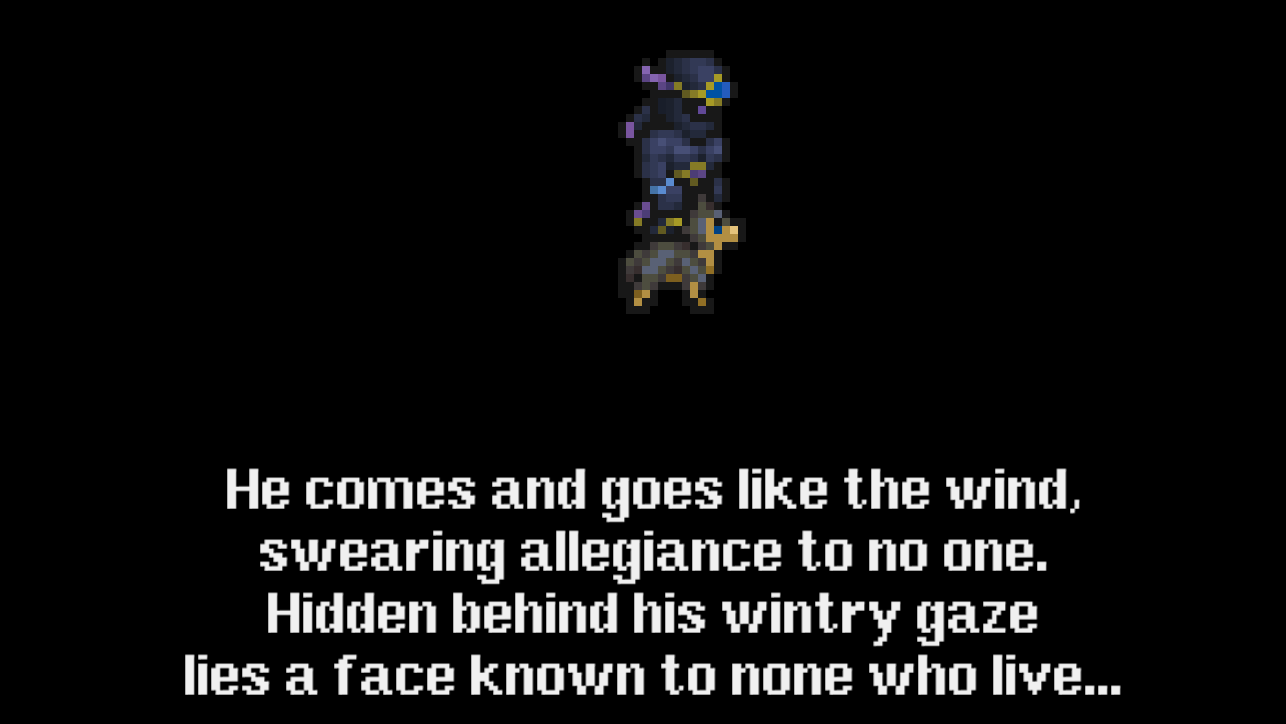
Cyan Garamonde
Cyan was a powerful warrior serving the kingdom of Doma. He is one of very few survivors of the Empire’s poisoning of his homeland, and he feels a deep hatred for the Empire for their atrocities.
Act 1: Cyan defends Doma from the initial assault by the Empire by felling the enemy general on the battlefield. Seeing this, Kefka decides to simply poison the waters of Doma, willing to kill any and all who drink the water. Cyan returns to his home to find everyone dead, including his wife and son. In a fury, he assaults the imperial base solo, and is assisted by the arrival of Sabin and Shadow. Sabin convinces Cyan to join The Returners to seek his vengeance, which he does gladly. He has initial misgivings about Celes and Terra’s involvement in the movement, but quickly puts those feelings aside and assists in defending the esper in Narshe.


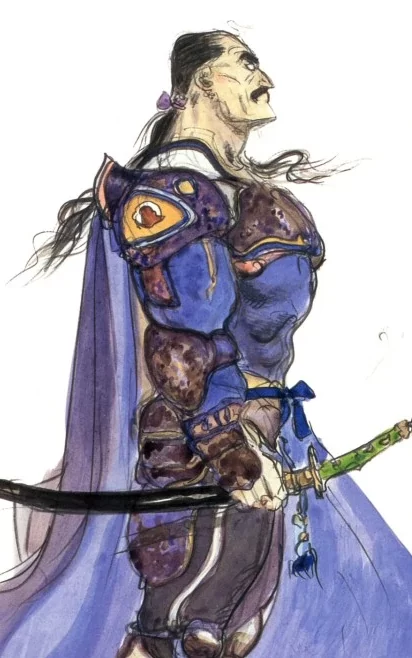

Gau
Gau is a young man who grew up living in the wilds of the Veldt after having been abandoned by his father at a young age. Gau is of little words but is playful and lighthearted while still showing immense empathy when he sees someone who is hurt.
Act 1: Sabin and Cyan come across Gau when he saves them from drowning after leaping from Barrier Falls. Initially skittish, Gau is won over by an offering of dried meats and quickly befriends the men. Gau shows Sabin and Cyan his “Shiny Treasure” which turns out to be a diving helmet, allowing the party to traverse the Serpent Trench and get back home to the western continent in time to defend Narshe from the Empire.




Sezer Gabbiani
Setzer is a world-wandering Gambler who shares loyalties with no one and follows his whims on his airship, the Blackjack.
Act 1: Setzer appears at the end of the act as a neutral party. A playboy who takes what he wants and asks questions later, he has threatened the Impresario of the Opera House that he intends to steal away the leading lady, Maria, to be his bride. When the party hears of this, they devise a plan to have Celes stand in for Maria, which works until Setzer gets Celes on board his airship. Realizing he’s been duped, he threatens to throw the party overboard until they convince him to wager a trip on his airship for Celes’ hand in marriage… on a coinflip. He laughs and takes the wager, and then loses as it turns out that Celes used Edgars two-headed coin to rig the flip. Impressed with the party and excited for adventure, Setzer flies the party to the heart of the empire on the Blackjack.




Act 2 – The Empire and the Truth About Magic
Riding Setzer’s airship, the Blackjack, into the heart of the empire, the party sneaks into the capital and infiltrates the Magitek Research Facility. It turns out the empire’s act of draining the Espers of their energy has left them near death, so instead of trying to escape, the Espers transform into magicite to escape with the party. Kefka ambushes the group along with the scientist Cid and learns the secret of magicite as an Esper in its purest form. Kefka thanks Celes for “delivering” the Returners and the secret to him, claiming that she was a double agent the entire time. Locke is immediately skeptical of Celes, who pleads with him not to listen to the madman. To prove her loyalties, she casts the Teleport spell, sending her and Kefka out of the facility and allowing the party an opportunity to escape. An absolutely epic sequence plays out, with multiple back-to-back bosses and cutscenes, a minecart chase, and then culminating against imperial magitek atop the deck of the Blackjack. Setzer joins in and helps the party, officially joining up as a combatant and throwing his cards in with the group.
The group returns to Terra and observes a reaction between her and the magicite Maduin. The reaction calms Terra and restores her memory; she reveals that she is the half-human, half-Esper child of Maduin and a human woman. With this revelation, the Returners ask Terra to convince the Espers to join their cause. To do this, she travels to the sealed gate between the human and Esper worlds, where she calls out to her kin. The Espers lose their minds when the Sealed Gate is opened and go on a rampage, setting the imperial capital ablaze. Seeing the raw power of the Espers, Emperor Gestahl calls for a peace treaty and surrender.
We get an awesome scene where we attend a big dinner between the Returners and the Empire and discuss the terms of their surrender. As another great example of gameplay enhancing the narrative, your answers and actions at this party impact the world state going forward. Do well, and you’ll liberate both South Figaro and Doma from imperial control, and receive a few powerful items as a “gift” from the Emperor for being so polite. At the end of the dinner, Gestahl states that we must put aside our differences and find the escaped Espers, so we can stop them from destroying other parts of the world. A joint effort to visit Thamasa, a remote city in the furthest wilderness of the world, goes underway. Attending is Terra, Locke, Shadow, Celes, and General Leo, the only honorable soldier in the imperial army.
I know I haven’t talked about Leo yet, and he’s such a small character I don’t want to waste too much text on him, however I want to say he’s an IMPORTANT character. Leo has been shown to show mercy to his enemies, has taken responsibility for actions of the empire even if he wasn’t responsible, and is portrayed as a gentlemanly soldier who cares for all humans.
Once in Thamasa, we meet Strago and Relm, two magic casters who are descendants of the last time there was a war over magic, called “The War of the Magi”. They explain to us that the nearby mountains were a “holy place” for the Espers, containing symbols of the Warrior Triad, the three ancient gods of Magic that descended to the earth and transformed humans into Espers to battle one another. Upon seeing the destruction wrought at their hands, the Warring Triad turned themselves to stone and then were sealed in the Esper world behind the sealed gate.
The party goes to the mountains and finds the Espers, who have an emotional moment where the apologize for what they have done and that they were “not themselves” when they first entered this world. Agreeing to mend the open wound between man and Esper, they agree to return with the party to the imperial capital with Leo. Upon returning to Thamasa, the party is ambushed by Kefka, who reveals that the entire imperial surrender was a ruse to capture more Espers. Leo won’t stand for it, and we get an amazing sequence where we take control of Leo who fights Kefka (and unfortunately loses). Upon capturing all the Espers and converting them to Magicite, Kefka escapes and makes for the Sealed gate to unlock it and get access to the infinite power of the Warring Triad.
There, Emperor Gestahl and Kefka retrieve the statues of the Warring Triad, raising a landmass called the Floating Continent. The group confronts Emperor Gestahl and Kefka at the Floating Continent, whereupon Kefka, whose mental state has progressively declined over the course of the story, usurps and murders Gestahl. Kefka then tampers with the alignment of the statues, which upsets the balance of magic and destroys most of the surface of the world, leaving him a megalomaniacal godlike ruler of a ruined world.
Kefka Palazzo
Kefka was a general in the Gestahl Empire. He’s a madman who lost his humanity due to experimentation by the scientist Cid at the behest of Emperor Gestahl.
Act 2: Kefka gets thrown in prison by Emperor Gestahl for his war crimes after the release of the Espers at sealed gate. After the events at Thamasa, it is revealed that Kefka and the Emperor had been working together and the entire surrender was a ruse to get the Returners to reopen the sealed gate. Atop the floating continent, Kefka rebels against Emperor Gestahl and kills him before rearranging the Warring Triad, causing the destruction of the world.



Terra Branford
Terra was an Emperial magitek pilot, controlled by a slave crown given to her by Kefka. She knows magic and has no memories or knowledge of who she really is.
Act 2: Upon the return of her friends from the Magitek Research Facility, Terra has a reaction to one of the Magicite, that of Maduin. It is revealed that the Esper Maduin was her father, and Terra is the result of his love for a Human woman who had stumbled through the Sealed Gate into the Esper world.
Terra is resolved to bridge the gap between Humans and Espers, despite feeling at home with neither. She frequently asks about the emotions she feels, and whether she’ll ever be able to “feel love”.
Terra is tricked into getting the Espers to reopen the sealed gate, leading to their genocide by Kefka and the eventual destruction of the world at Kefka’s hands once he obtained the Warring Triad.




Locke Cole
Locke is a Treasure Hunter and member of the Returners. Years ago, he lost the love of his life when he made a mistake while traveling with her and he refuses to forgive himself for failing to protect her.
Act 2: Locke travels to Vector with Celes to free the Espers in the Magitek Research Facility. There, they are ambushed by Kefka, who claims that Celes was actually a spy planted in the Returners ranks by the Empire. Locke is in disbelief and feels betrayed by Celes, who defends herself and her loyalty to the Returners. To prove her point, Celes saves the groups lives by teleporting herself, Kefka, and his men out of the factory.
After the Empire surrenders, Locke and Celes reunite on the trip to Thamasa. Celes is broken and refuses to talk to Locke, feeling betrayed that he didn’t trust her. Locke attempts to amend the relationship, and succeeds only moments before Kefka’s betrayal and the massacre of the Espers in Thamasa.




Celes Chere
Celes was an Emperial magitek pilot and General in the Gestahl Empire. Her magical powers were bestowed on her due to experimentation at a young age by the scientist Cid at the orders of Gestahl.
Act 2: Celes is one of the members who volunteered to infiltrate the Magitek Research Factory. There, Kefka lies and claims that Celes has been a double agent for the Empire, causing a rift between the party.
After the Empire’s surrender, Celes is present at the banquet and helps advocate for the Returners’ cause. She travels to Thamasa with the group, and witnesses Kefka’s treachery as the madman slays Leo and kills all the Espers. Later, on the Floating Continent, Celes stabs Kefka, which would have been a fatal blow if not for his absorption of the powers of the Warring Triad.




Sezer Gabbiani
Setzer is a world-wandering Gambler who shares loyalties with no one and follows his whims on his airship, the Blackjack.
Act 2: Setzer formally joins the party when he sees first hand the actions of the empire during the infiltration of the Magitek Research Facility.
After the Sealed Gate is opened, the escaped Espers damage the Blackjack, causing it to require repairs while the party travels to Thamasa with the Imperials.
The repairs are completed in time to swoop in and assist the party after Kefka’s betrayal in Thamasa, and the party uses the Blackjack to reach the Floating Continent. After Kefka reawakens the Warring Triad, the party attempts to escape on the Blackjack, but everyone, including Setzer are swept overboard when Kefka rends the ship into two.




Shadow
Shadow is a dangerous assassin, known far and wide for his cold and calculated ability to get the job done, for a price. Nobody knows Shadow’s history, and all are too afraid to ask. His faithful dog companion’s name is “Interceptor”
Act 2: Shadow is hired by the Empire to assist in locating the Espers, and travels to Thamasa with the group. There, he becomes extra distant, particularly when his trusty dog Interceptor takes a liking to Relm.
After Kefka’s betrayal in Thamasa, Shadow is left for dead on the Floating Continent, having been manipulated and swindled by the Empire. The party meets him on the Continent and has the opportunity to save him if they wait until the last second before escaping. In doing so, they give Shadow the opportunity to catch up after he makes a sacrificial play to buy the party time.




Strago Magus
Strago is a wise old Blue Mage from the town of Thamasa, a long-forgotten city comprised of the magic casting descendants of the Magi. He joins the Returners after Kefka attacks his town and kills the Espers.
Act 2: We are introduced to Strago this act, as the grandfather of Relm and a trusted elder amongst the people of Thamasa. When Relm is caught in a house blaze, he accompanies Terra and Lock to enter the burning building to save her, earning the trust of him and Relm.
Strago is present when the party find the statues of the Warring Triad and explains their importance. He then accompanies the party to the Floating Continent to get revenge on Kefka and the Imperials for their attack on his city.




Relm Arrowni
Relm is a young girl from Thamasa, and Strago’s granddaughter. At first, Strago is overly protective of her, but when the party sees the power of her magical Sketch ability, she convinces them to let her join the Returners.
Act 2: The party meets Relm in Thamasa, where they save her from a burning house at Strago’s request for assistance.
When Terra, Locke, and Strago make their way to the sacred mountain to find the Espers, she secretly tails them. During a delightful boss battle with Ultros, Relm uses her ability to “Sketch” a copy of the octopus and make him slap himself with one of his tentacles, causing him to escape in confusion. Finally seeing the value of her particular brand of magic, the party finally takes Relm in, and she is present on the Blackjack at the end of the act.




Mog
Mog is a Moogle from the caves of narshe. He is one of three optional characters in the game and doesn’t have any significant impact on the story because of it. Still through, a playable Moogle! Mog is a “Dancer” combined with a “Geomancer”, unlocking unique Dance numbers that




Act 3 – Ruin

One year later, Celes awakens on a deserted island, where she learns that Kefka is using the Warring Triad to rule the world in a tyrannical god-like manner, destroying whole villages who oppose him and causing all life to slowly wither away.
Act three is all about the search for your companions as you re-explore the world in it’s new ruined state. The land has been shifted and torn asunder to create new landmasses. Most villages remain, however none have been unscathed, and in every nook and cranny of the world a struggle for pure survival takes place. Gone are all political boundaries, the worries of “us” and “them”. Instead, everyone lives in fear of Kefka who sits upon his tower, raining down indiscriminate destruction on anyone who stands in his way.
This act is almost entirely non-linear and optional, and has so many emotional beats, and on this playthrough, I found myself getting emotional over and over again, culminating in the stellar ending which plays out as a roughly thirty minute cinematic sendoff to the characters that left me in a puddle of my own tears, ugly crying. I took numerous screenshots, and I’ve tried for hours to put them in order, to write about them, to try to convey the opus that plays out in this act to bring every theme and plot point full circle before the final conclusion, but I simply can’t and still do it justice. If you are reading this far, and are interested at all in knowing my thoughts on act three… just know that I found it almost without flaw and somehow even better than I remembered it as a child. A lot of this is thanks to the absolutely gorgeous pixel remaster and the orchestral remixed soundtrack that still sounds so close to the original while being moving and emotionally draining at the same time.
It’s good.
Extras & Achievements
From here on out, I’m going to stop listing out every little optional thing, as the games starting with FFV but particularly FFVI and up truly began to embrace having at least one chunk of the game be open-world and non-linear with loads of optional content. Instead, I will focus on the highlights of what was optional, and of course, which achievements were the most painful.
In FFVI, act 3 is almost entirely optional content. Once you get the Falcon, you could go attempt Kefka that moment and end the game. However, at that point, you only have Edgar, Celes, and Setzer as unmissable characters, so doing the final dungeon (which requires splitting into three parties) almost impossible… each team would just be one person!
Instead, Final Fantasy VI made the decision to make about 3/4ths of the side quests in act 3 all about finding your friends around the world once again, and then giving their personal stories closure. We find Locke in the Phoenix Cave, where he hopes to find the magic of the Phoenix to revive his comatose fiancé. We find Cyan writing letters to a poor woman, pretending to be her wounded husband in a town across the world, when in reality Cyan knows that the man died when Kefka destroyed the village he was in. Meanwhile, Terra is IN that village, and has been looking out for the orphaned kids that survived Kefka’s attack… and her outpouring of love for these kids has sapped her will to fight.
Each of these side quests carries the usual expected rewards… new dungeons, new equipment, new powerful magicite to learn even more powerful magic… but FFVI seals the deal by also making these incredibly satisfying as closure to the character arc for the game’s cast. In a lot of ways, these stories feel like the promise that Mass Effect’s “Loyalty Missions” would later perfect over a decade later.
As far as achievements, the hardest one here was without a doubt the one that relied entirely on luck. The achievement Master Gambler requires you to use Setzers Slots command to get a result of “777”. The hard part is that much like real world slot machines, skill doesn’t enter into it. Even with perfect timing, if the internal RNG for the slot that round wasn’t correct, it’s impossible to land. I spent roughly 5 hours grinding away with Setzer on auto battle on 2x speed before I got this result. This kind of achievement is without a doubt my least favorite, because there was absolutely no agency on my part and in the end I didn’t feel like I had “achieved” anything. The remaining achievements were standard faire for the Pixel Remaster series and were stressful for all the right reasons, forcing me to truly uncover every inch of the game (which I sincerely loved).

Final Fantasy Staples Introduced
(Please note that this is not supposed to be an exhaustive list, just those things that I personally noticed and took note of during my playthrough)
- First appearance of the Jobs:
- Machinist (Edgar and his tools are the first appearance of this job. Later iterations would use a gun as well)
- Artist (Sort of a re-flavoring of the Beastmaster from FFV. Relm sketches a copy of a monster to control them, similar to the “Control” ability in FFV)
- First appearance of Biggs and Wedge (which are themselves a reference to Star Wars)
- First appearance of pincer attacks (the party being attacked on both sides, making escape impossible)
- First appearance of super powerful situational character-specific abilities. In FFVII these are called “Limit Breaks”. In FFVI, they only trigger when a character is near death and are pretty rare.
- First appearance of Ultros!
- First time bosses have transition mechanics/puzzles within a single boss fight. (Lightning Whelk)
- First appearance of staple monsters:
- Cactuar
Final Thoughts & Score
It’s difficult for me to put into words why and how this play through impacted me so much, as it is impossible for me to divorce the nostalgia and memories this game has for me.
Final Fantasy VI was the first Final Fantasy game that I personally owned as a child (FFIII on SNES), a game that came out in the height of my family’s hardest financial times. I was a kid who would get one game and have to make it last, and as a fourth grader latch-key kid, this game was my go-to for what felt like several years. It was my first piece of fantasy fiction; of storytelling and characterization that deeply moved me; of mature themes and a blind trust that the audience could appreciate the ups and downs of its complicated story. It was the first piece of fiction I had experienced that acknowledged suicide and the pains of giving up on your dreams to retain your sense of self. It was my first experience with a character going through the trauma of loss and the regrets of not doing more.
When me and my friends would ride bikes around the block, we weren’t kids on bikes. We were Setzer and Edgar and Locke all racing airships against one another. We’d find rocks that looked to be diamond shaped and paint small red dots in the middle, making them “Magicite” that we would then use to cast magic spells when we played hide and seek. I have a forever memory of bugging my mom for an hour one morning before she left for work, she was smoking on our back porch enjoying the morning air, as I just gushed all about the story to her, using all these terms that I know meant nothing to my mom in that way that only a kid can do, with absolute innocent adoration. My best friend Justin and I would play through the game again and again, one-upping each other with our character builds and how much damage we could get one character to do. We’d find out secrets, like saving Shadow at the Floating Continent or letting Zone Eater devour you to recruit Gogo, and then brag about them to each other with pure glee.
I know for each of you who may be reading this, you have your own “first” piece of media that truly changed who you were as a person, that made you realize some new truths about the world, or that the medium even could do so. And for you, this game may just be any other game. But it will always be all those things and so much more to me, and for that reason, I cannot fathom giving it a score any lower.



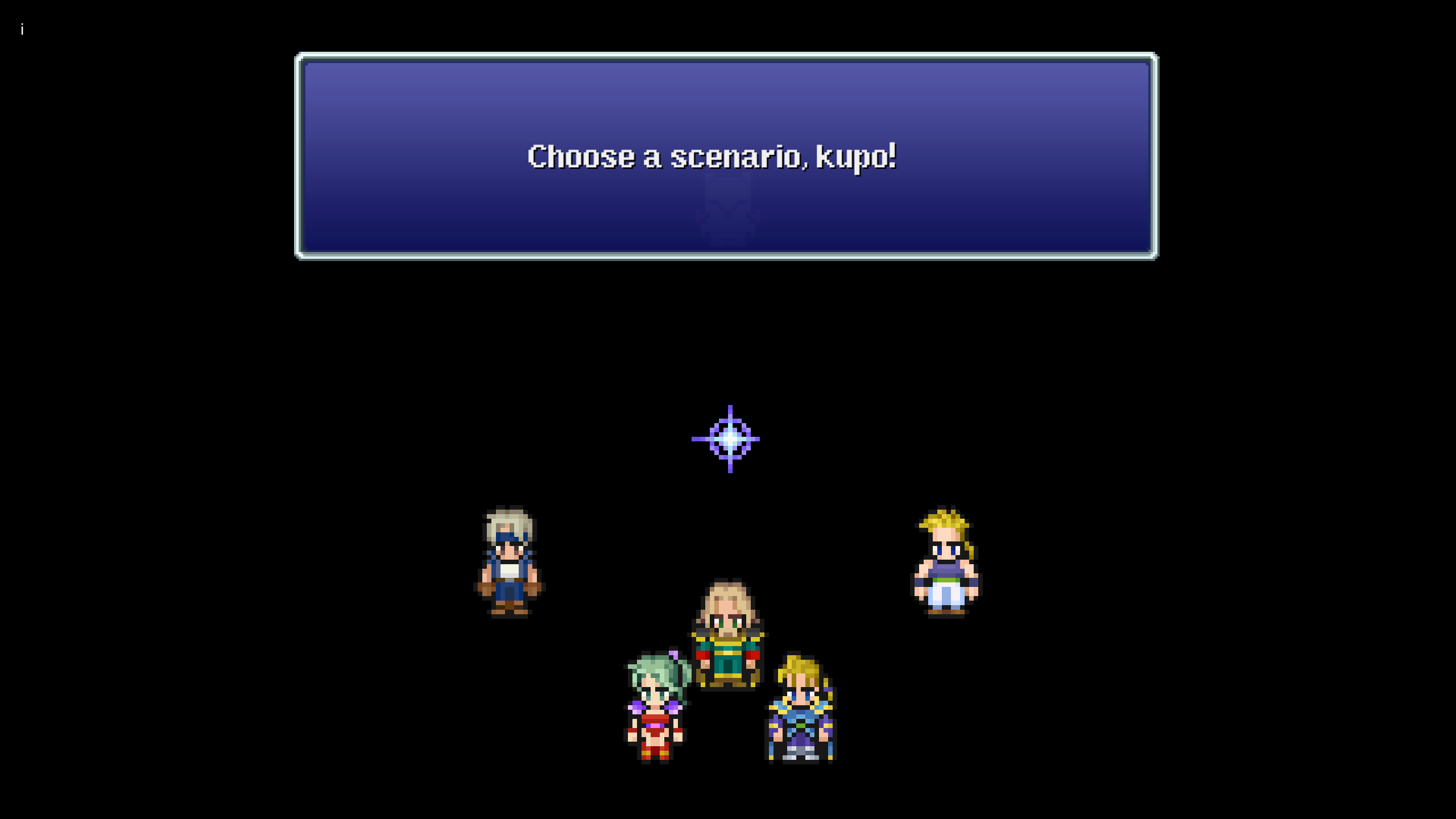

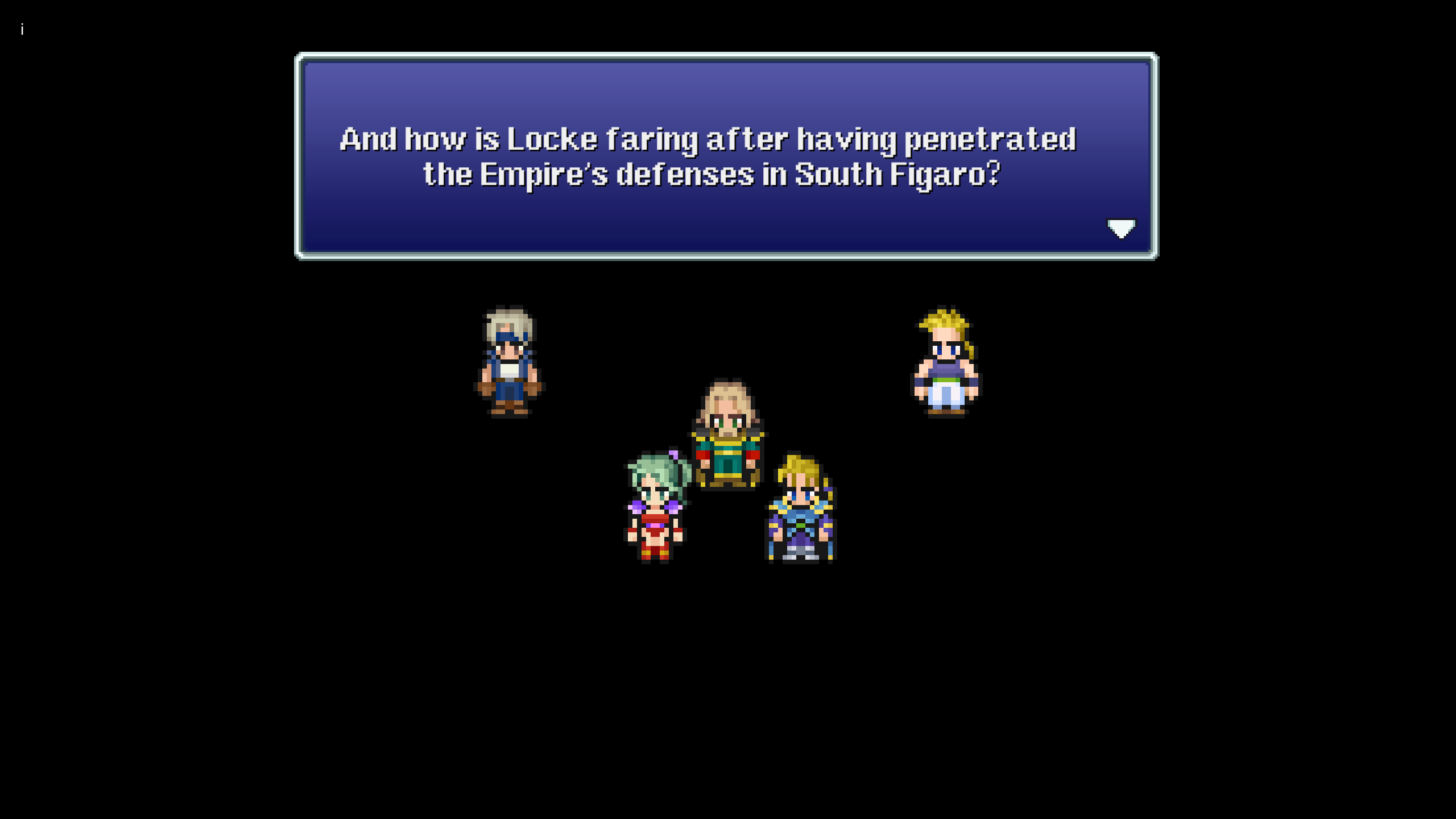
































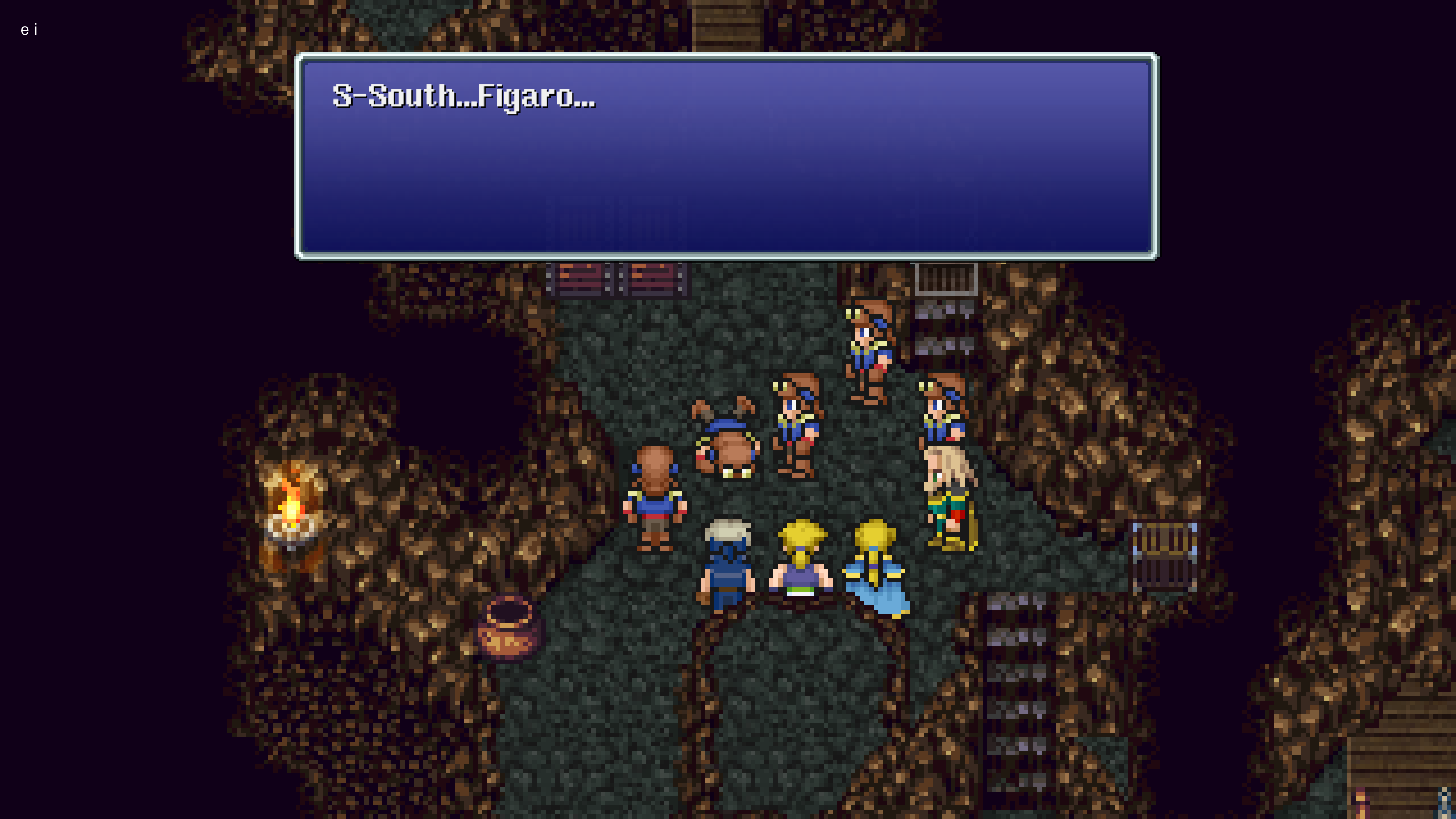
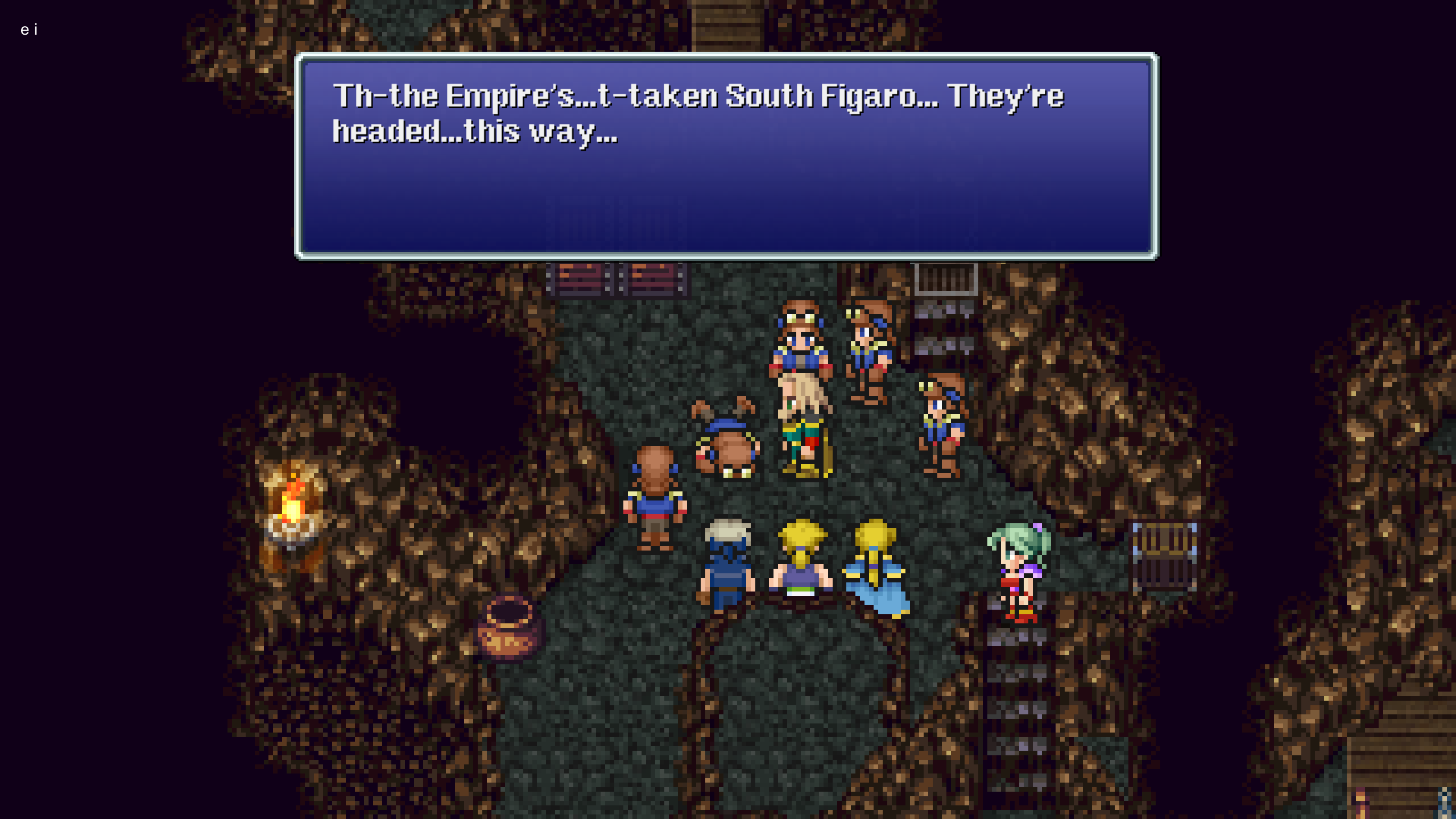



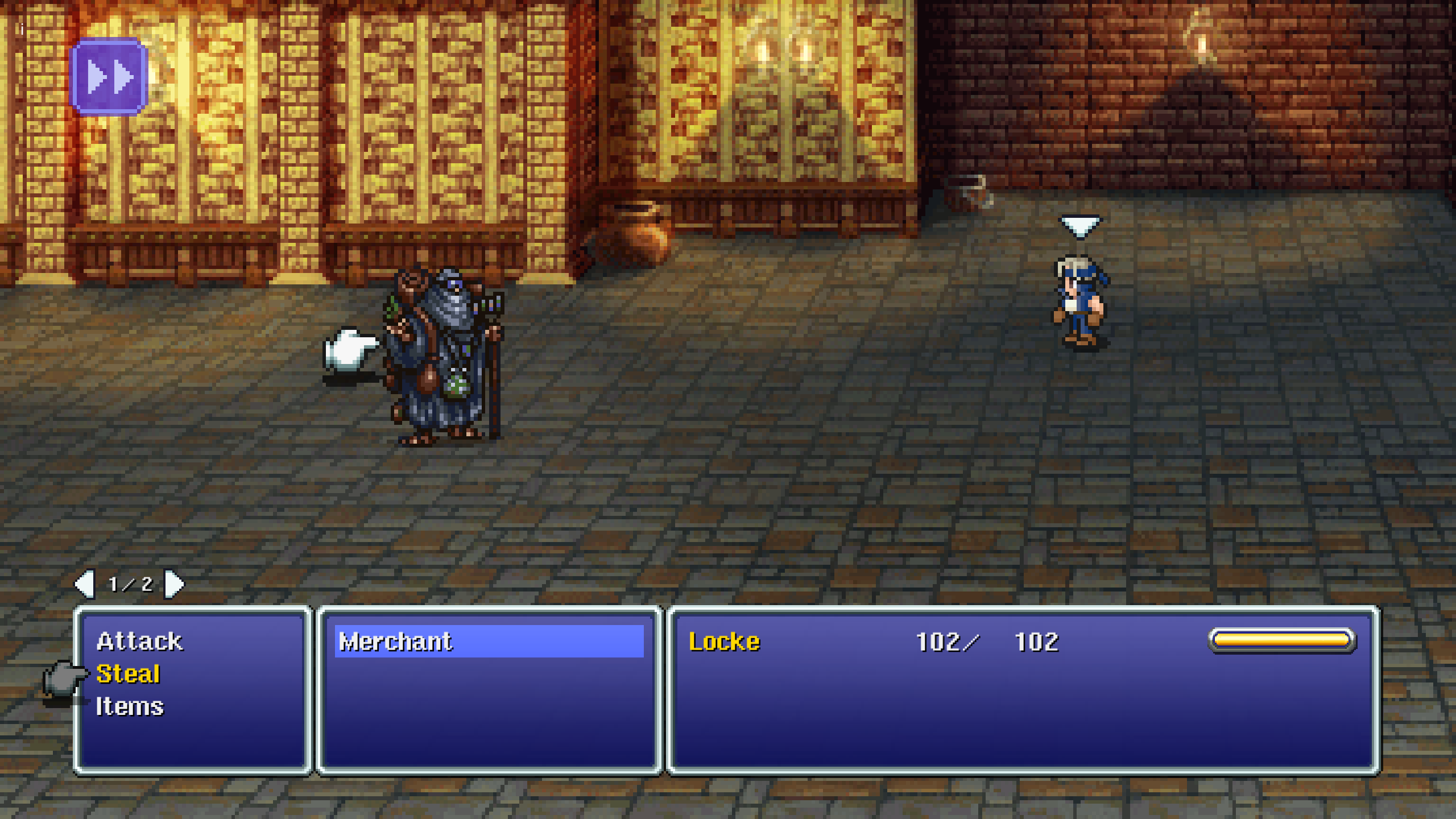
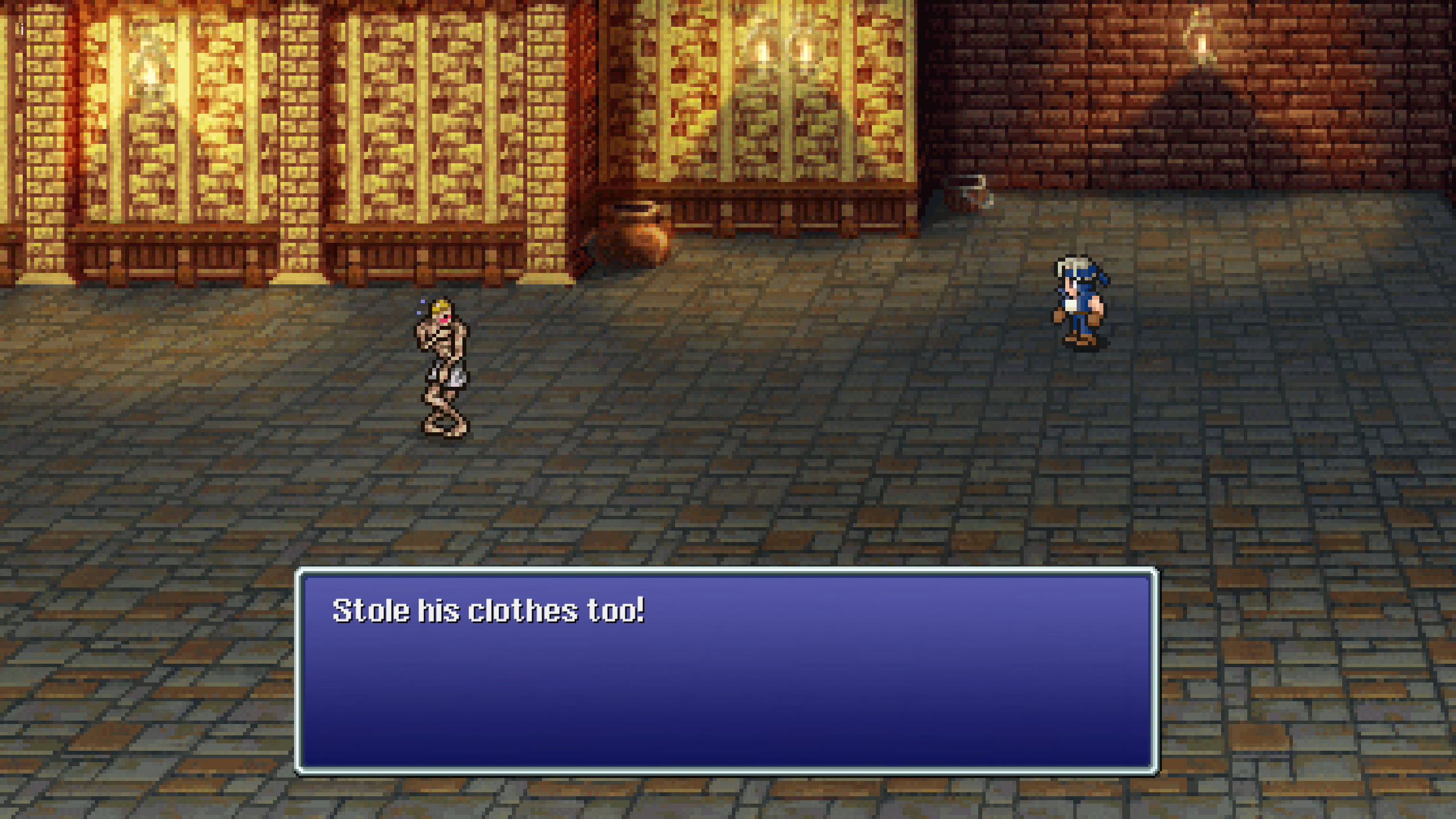










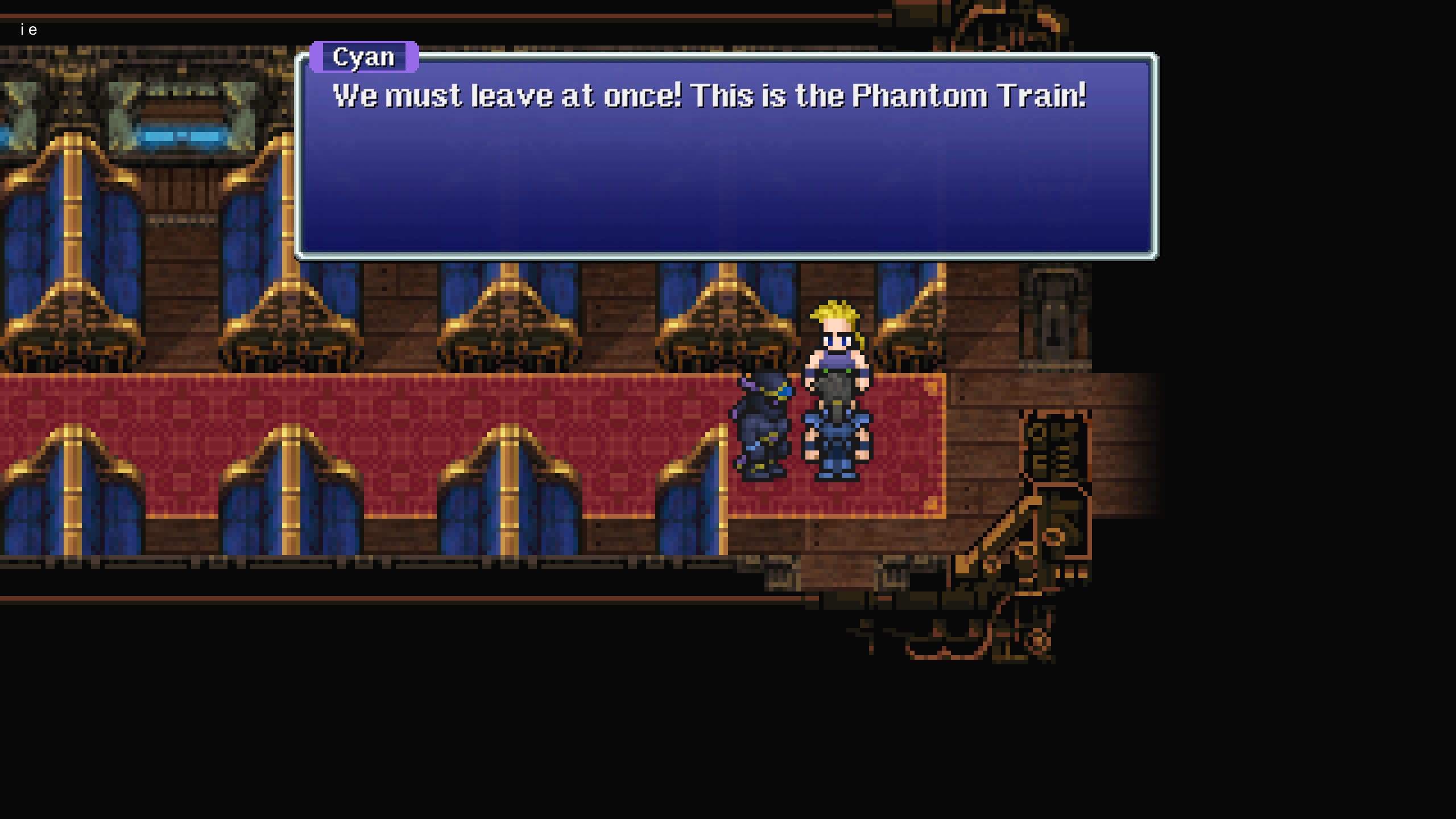




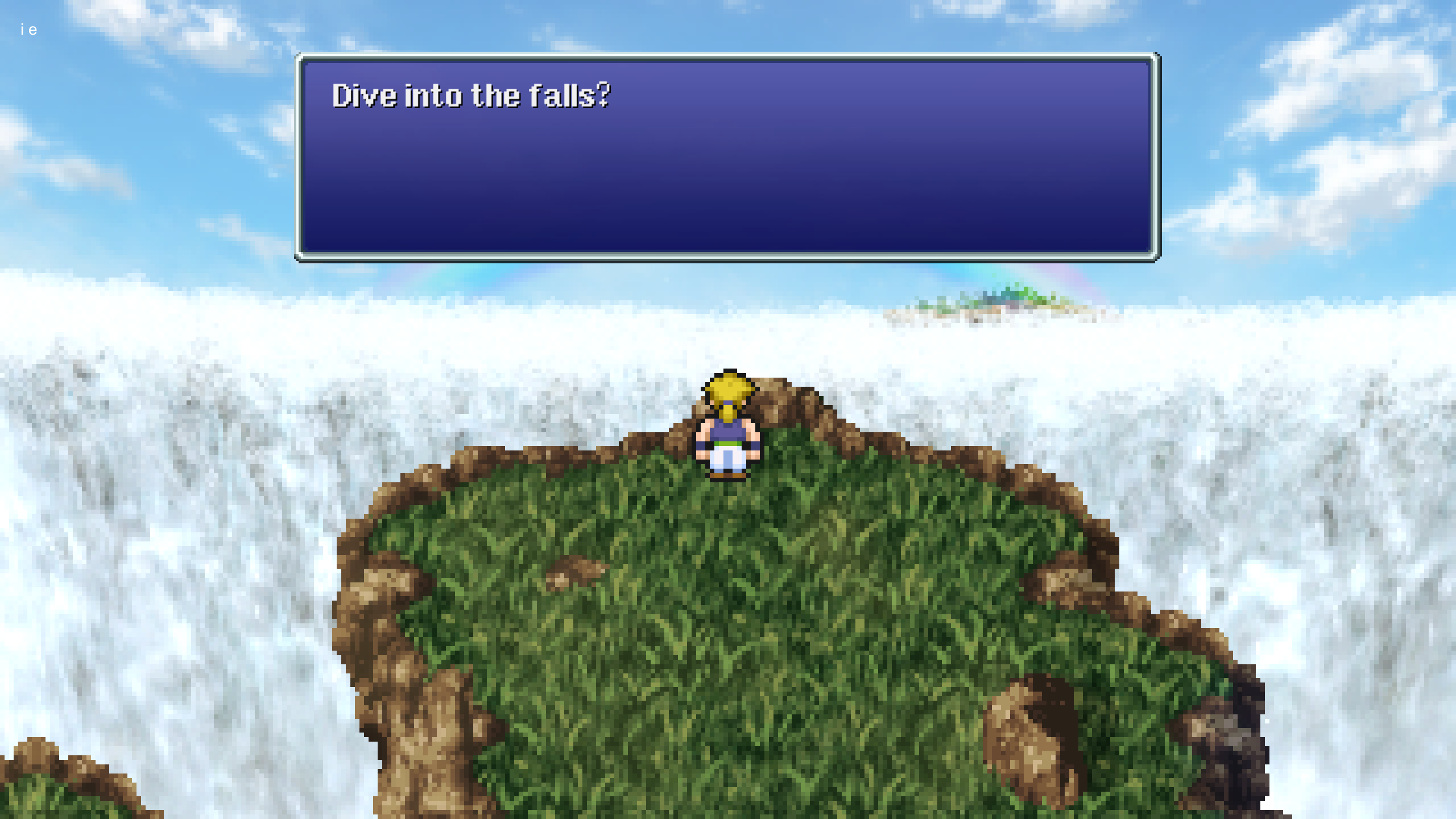


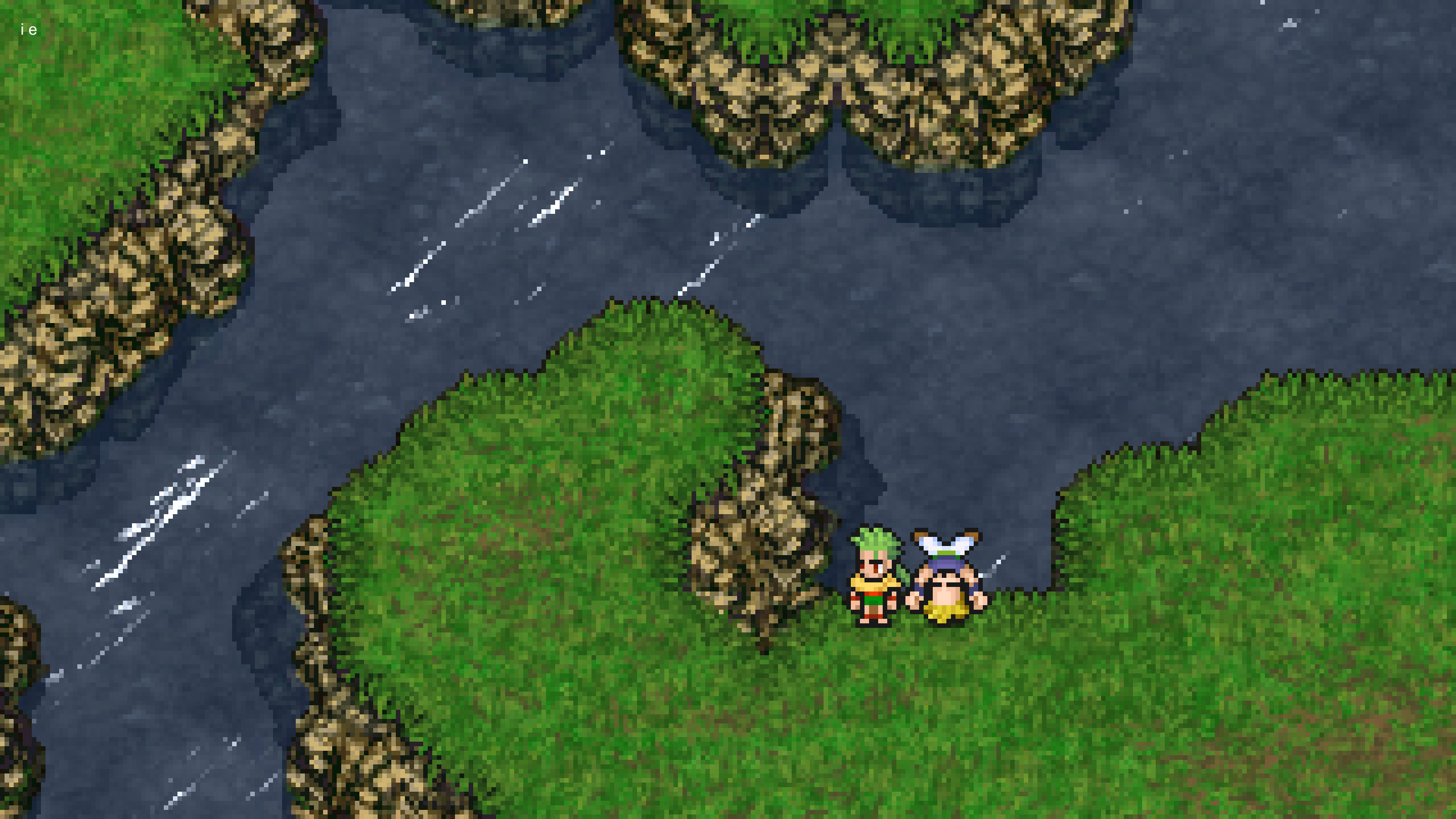

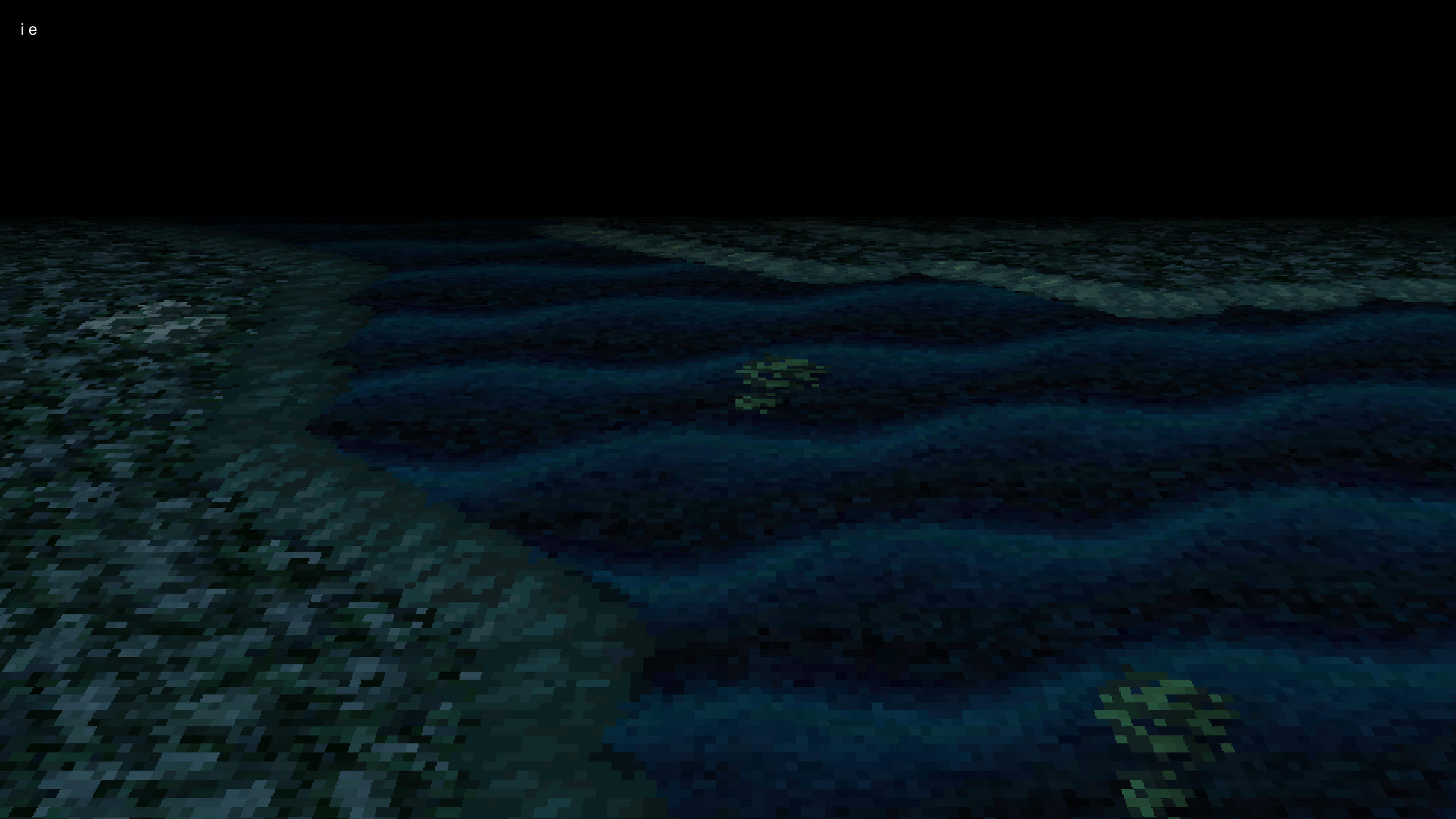
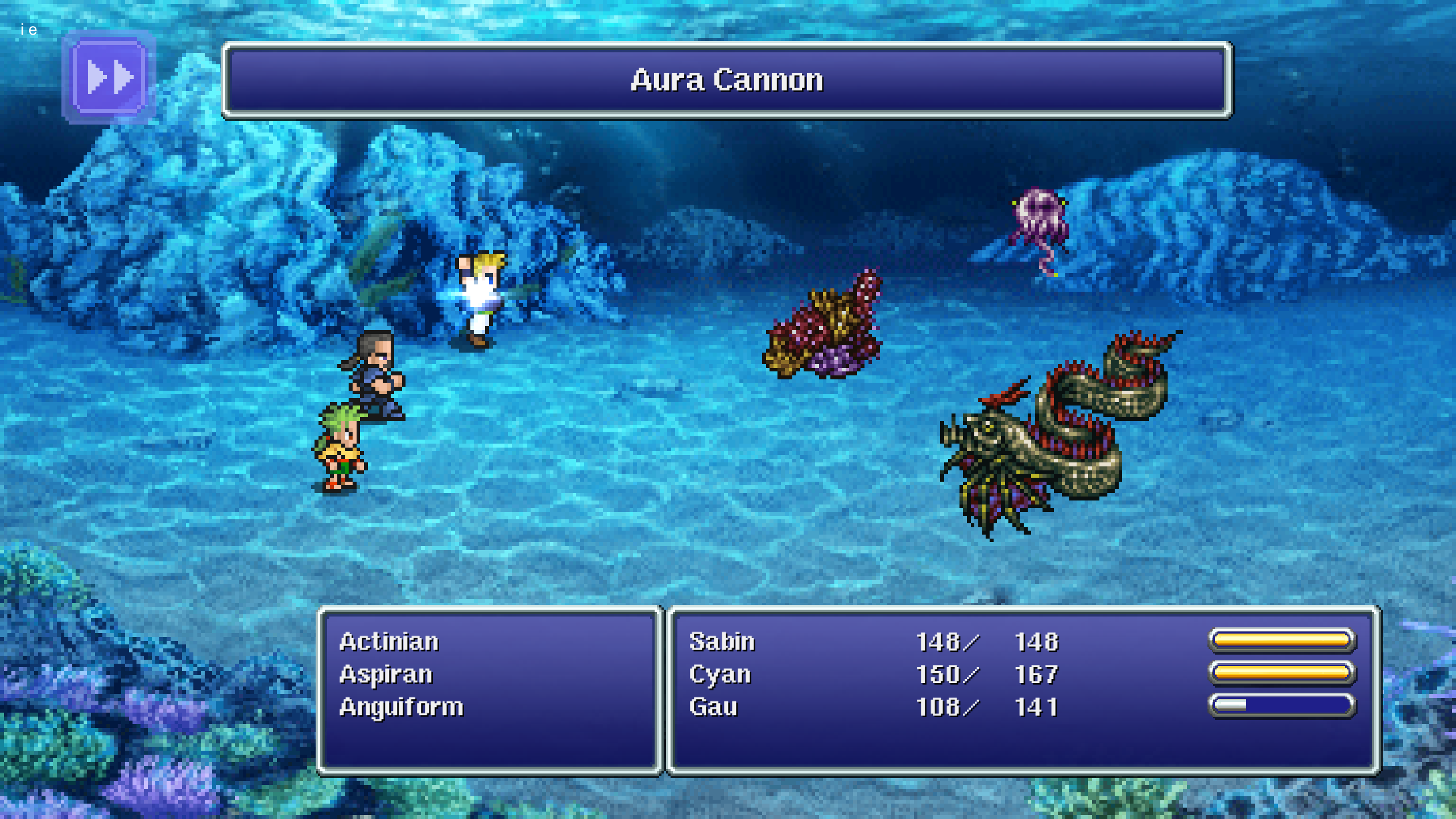














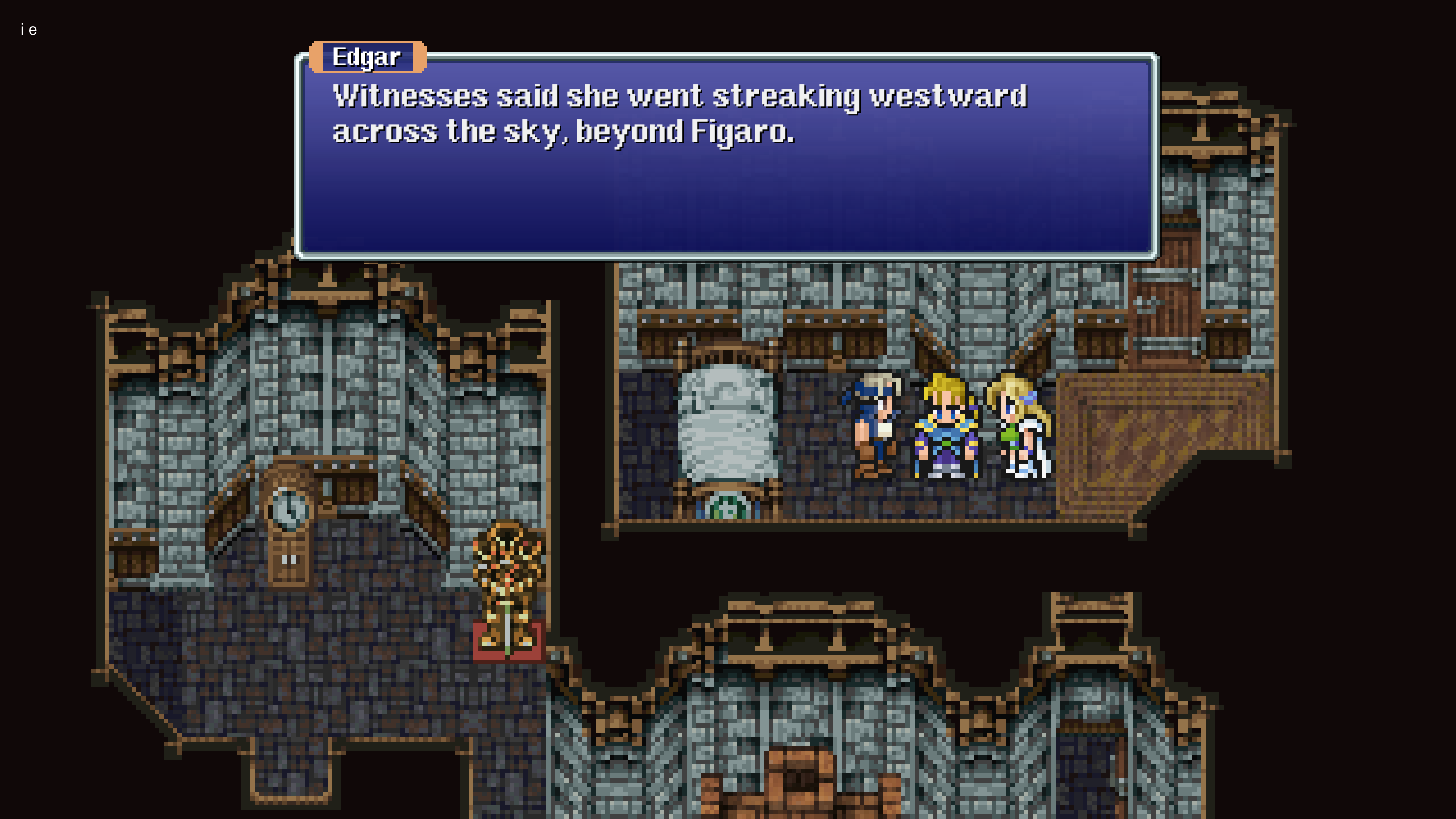

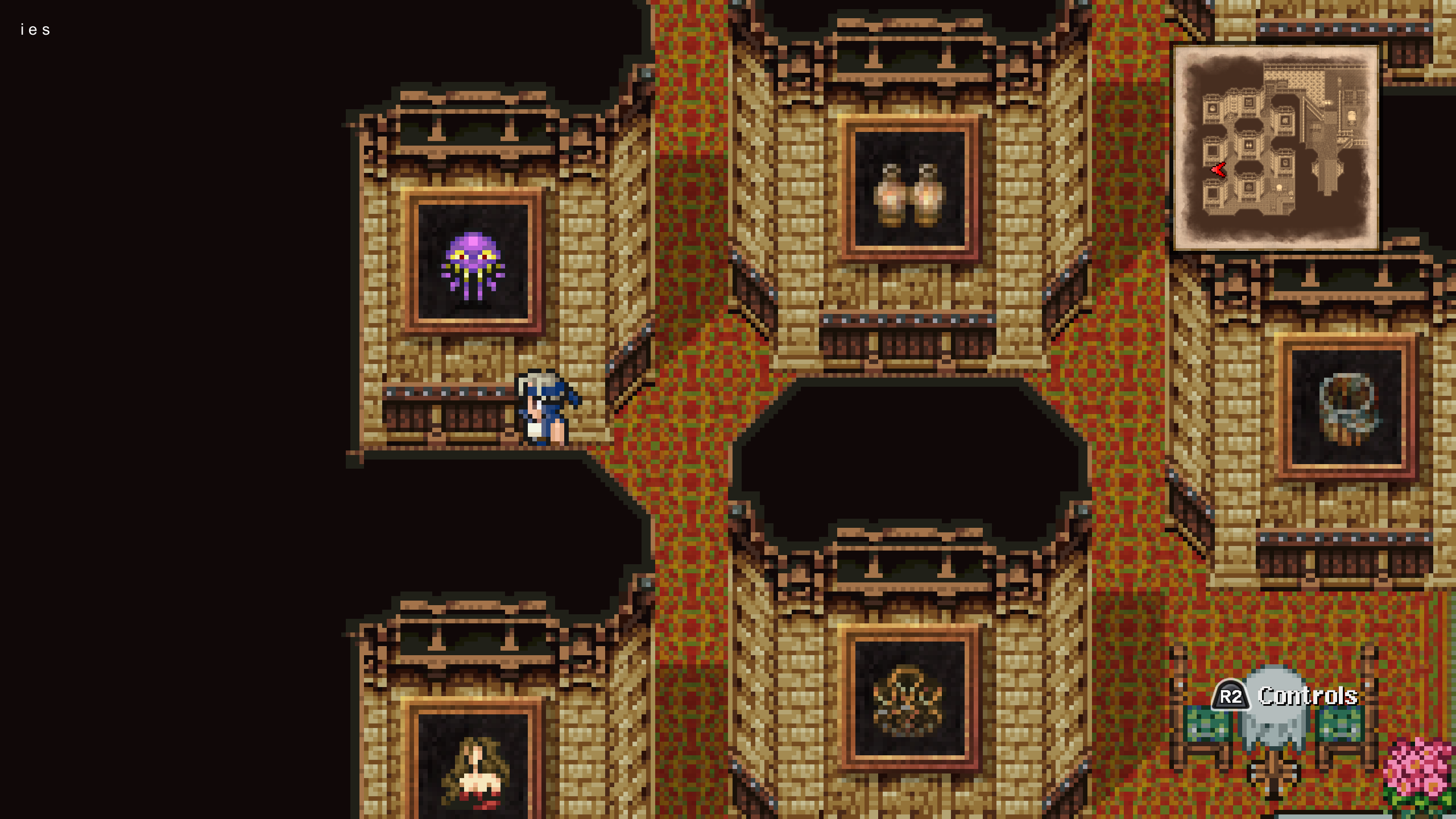
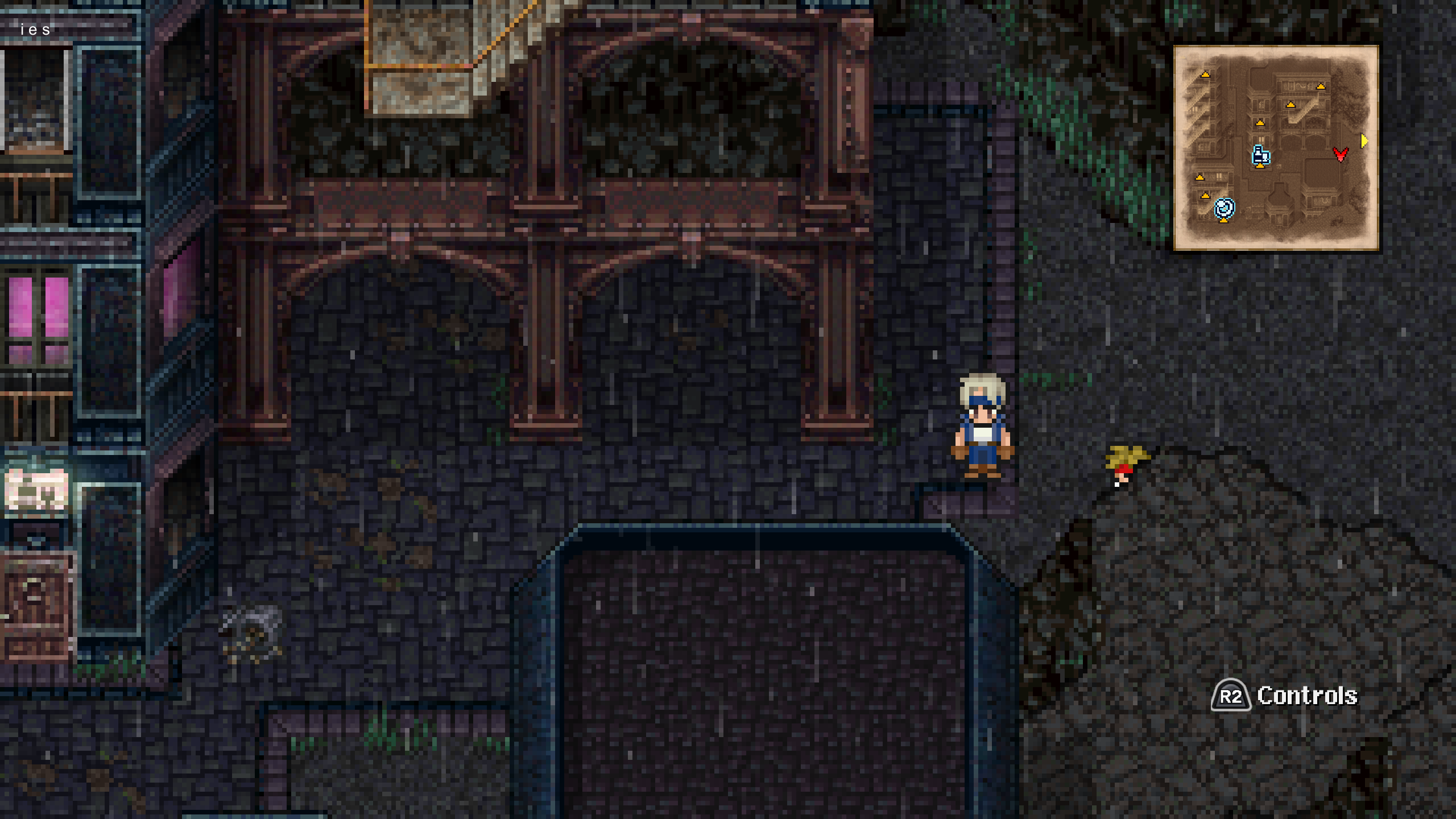

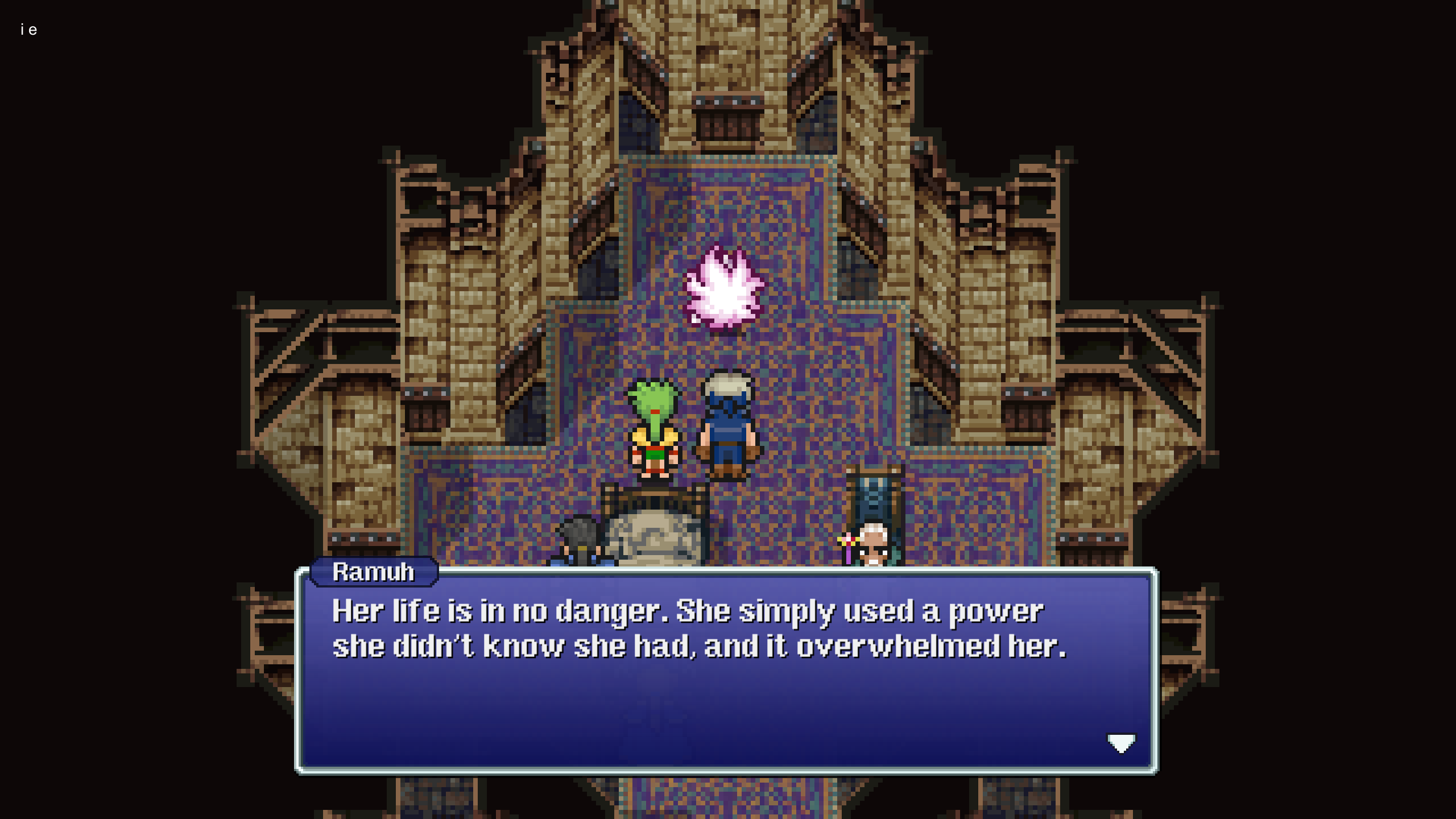




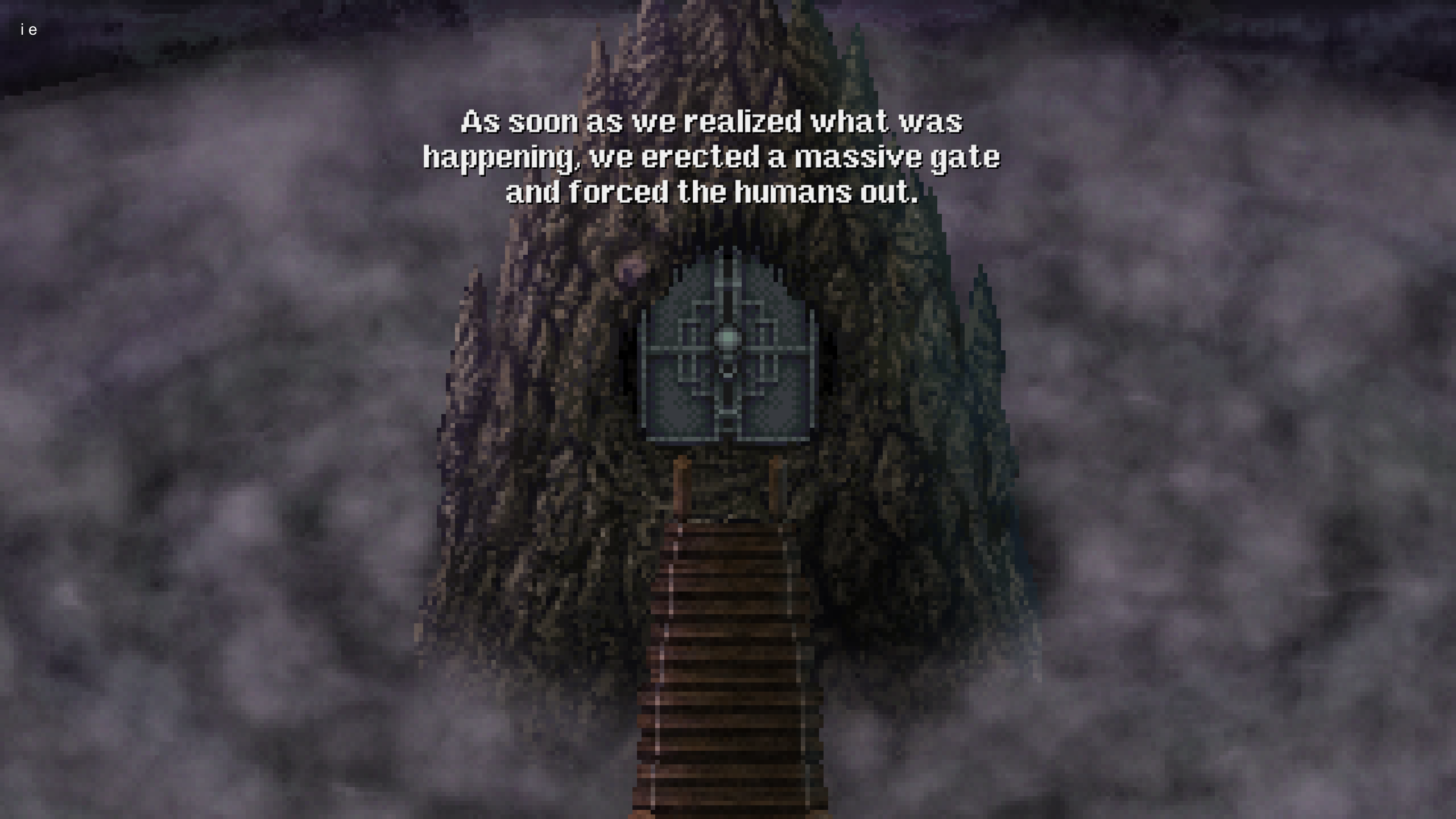


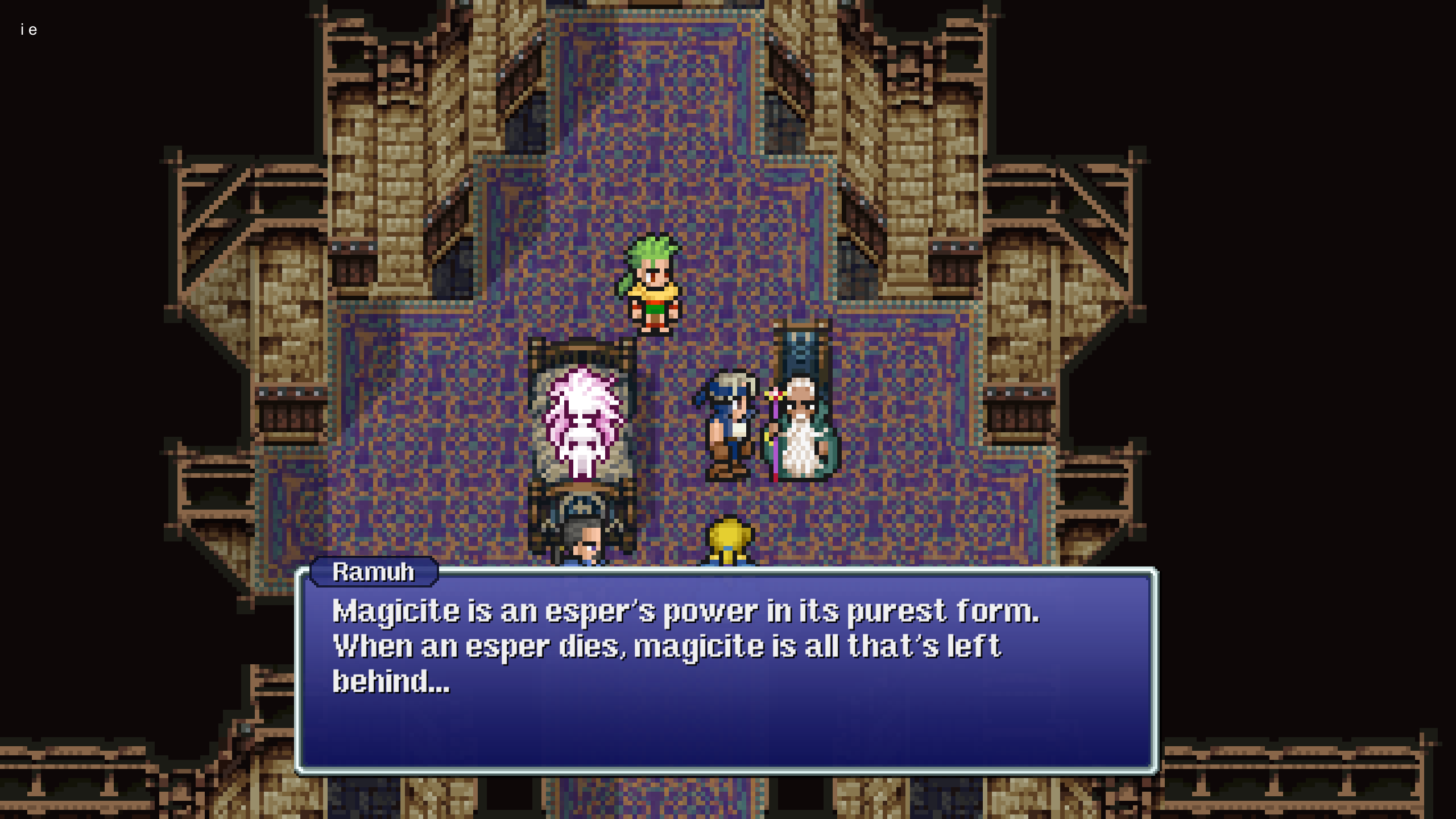





































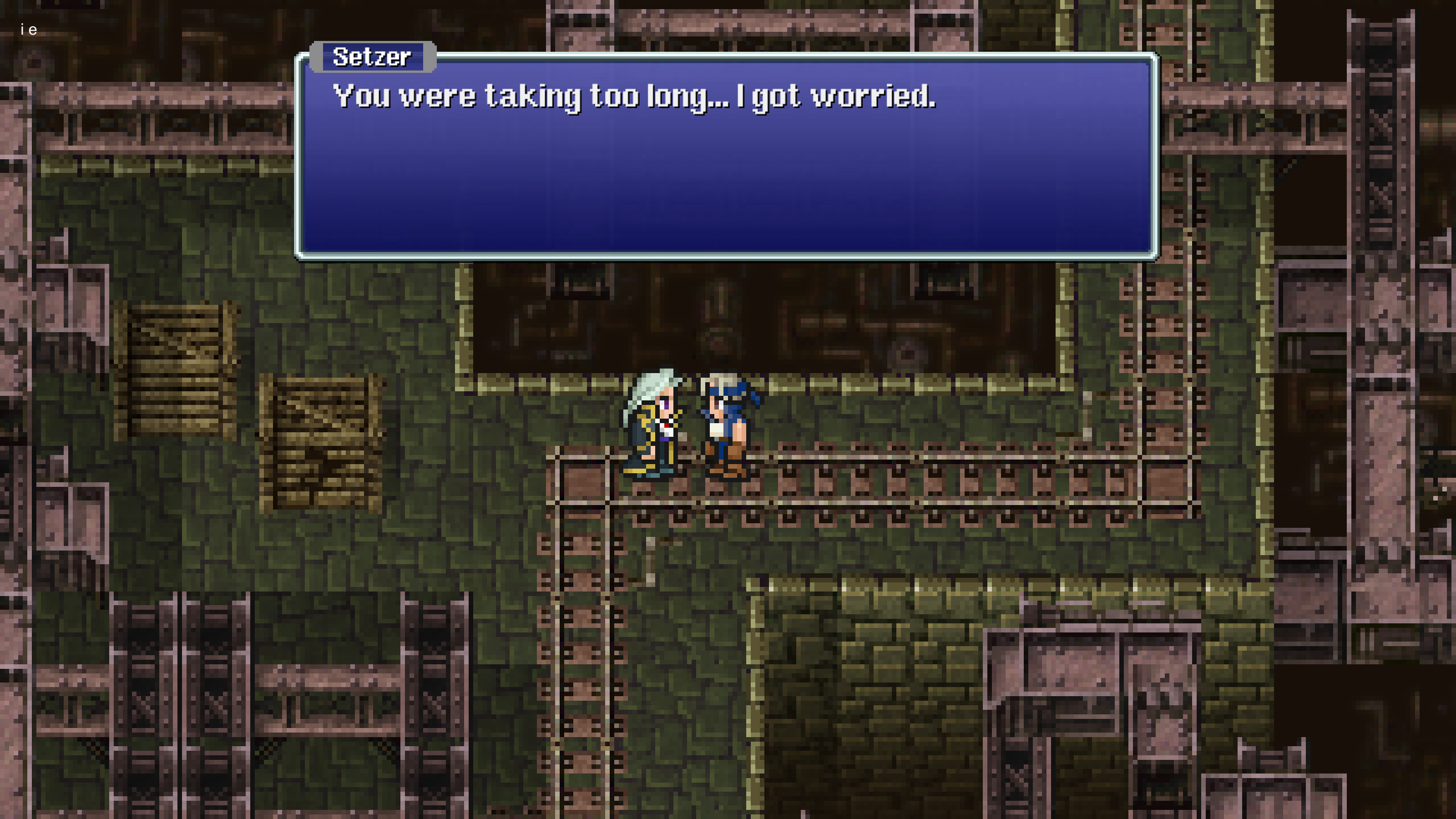













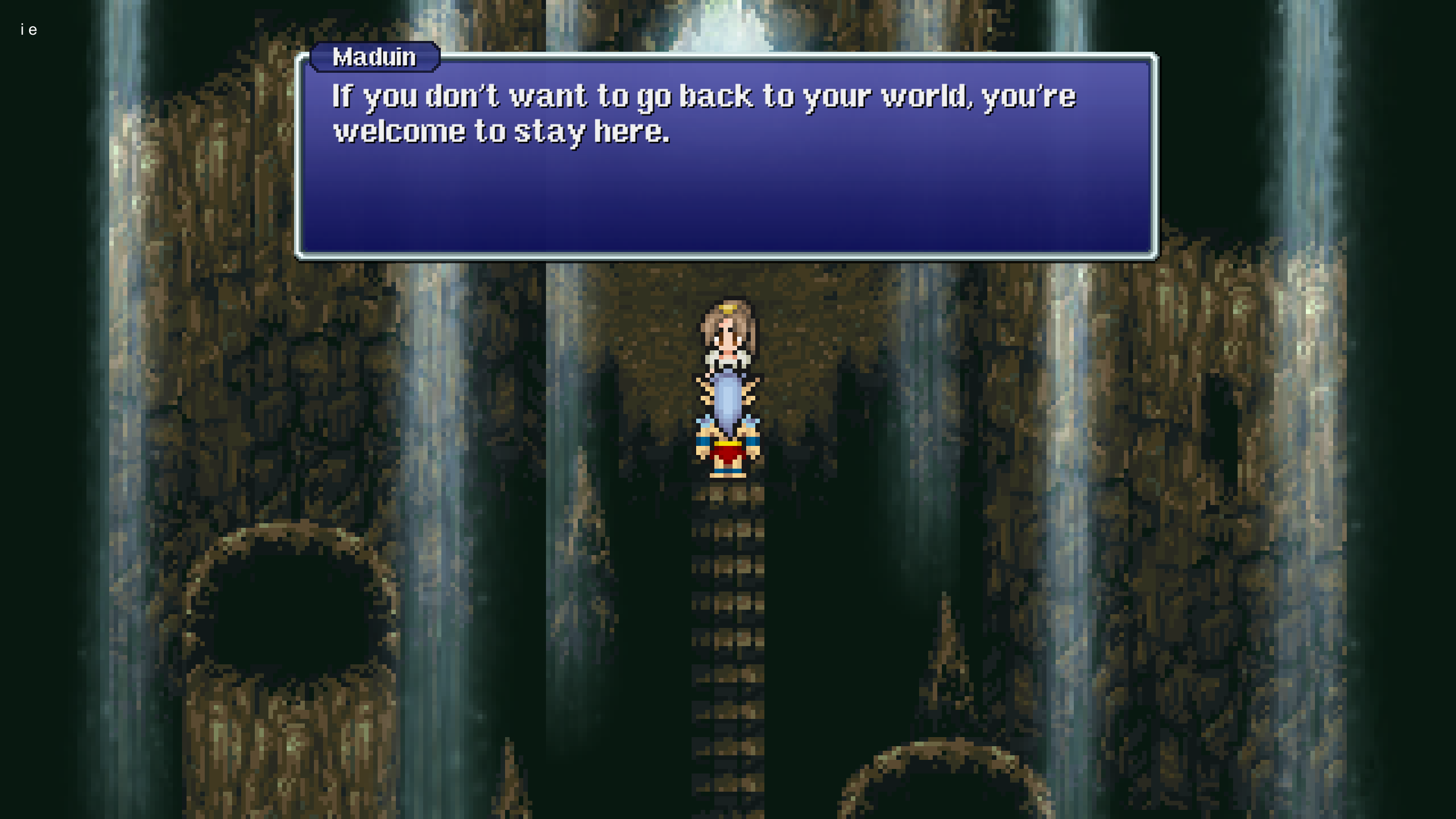









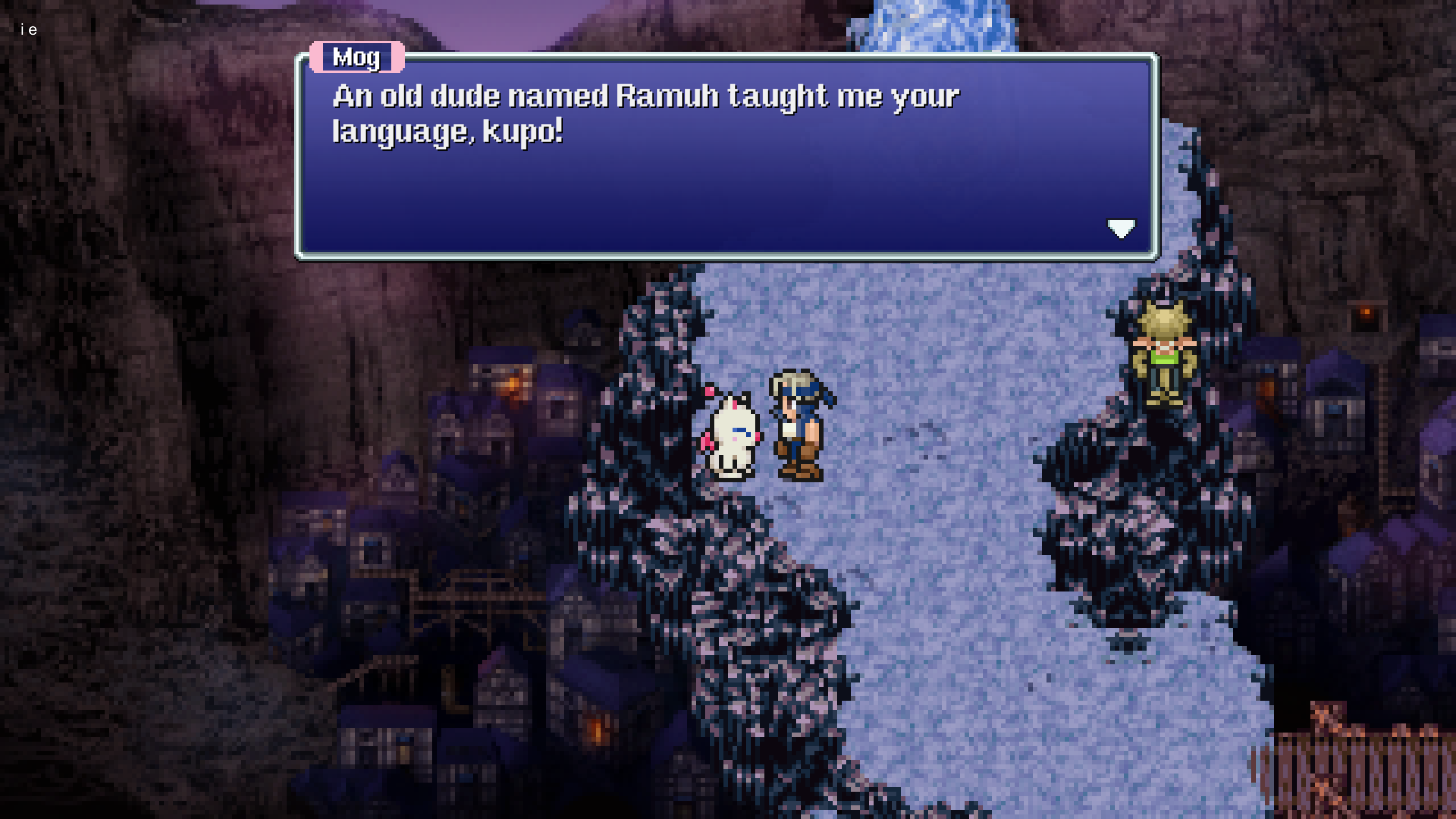




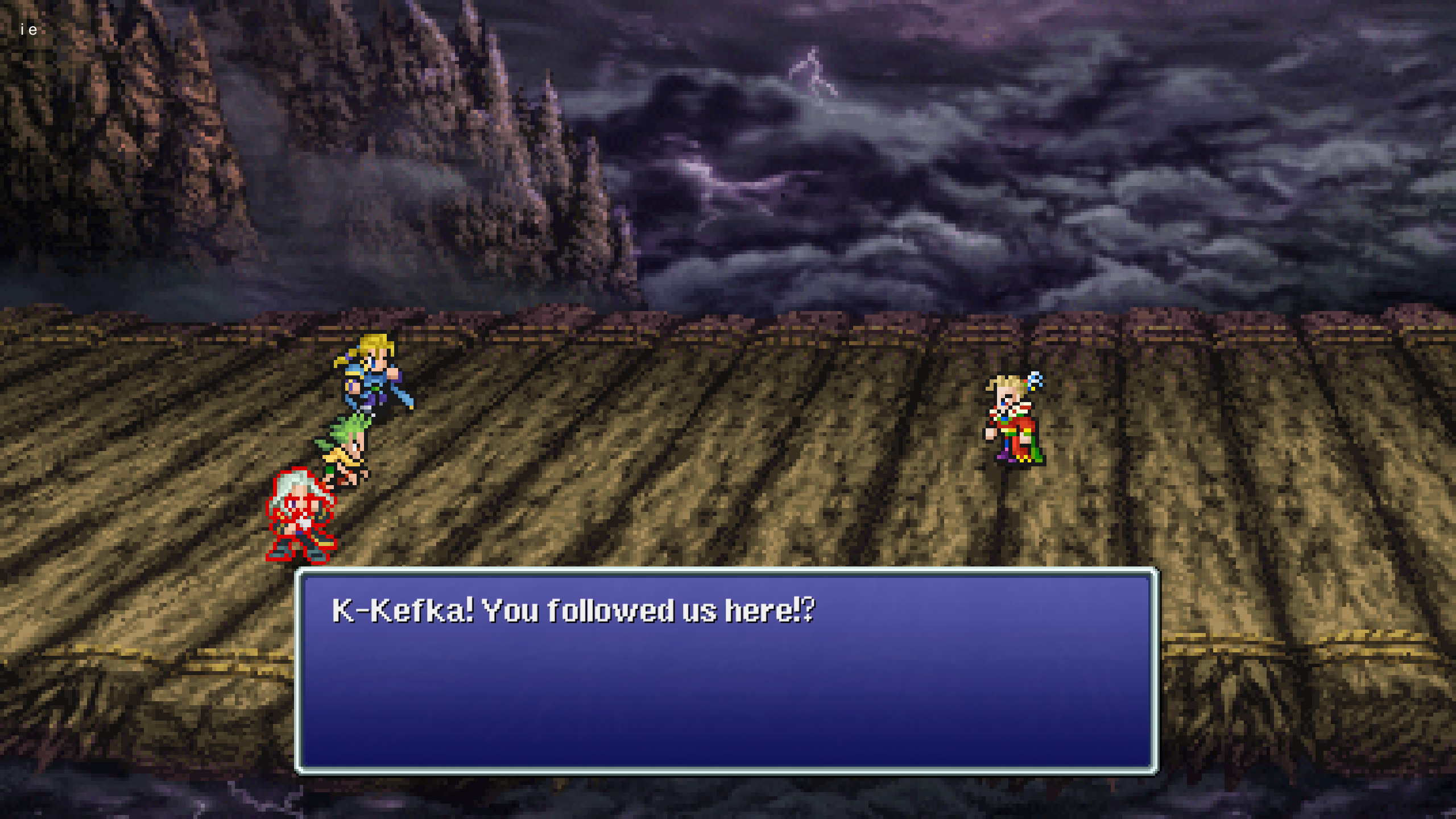









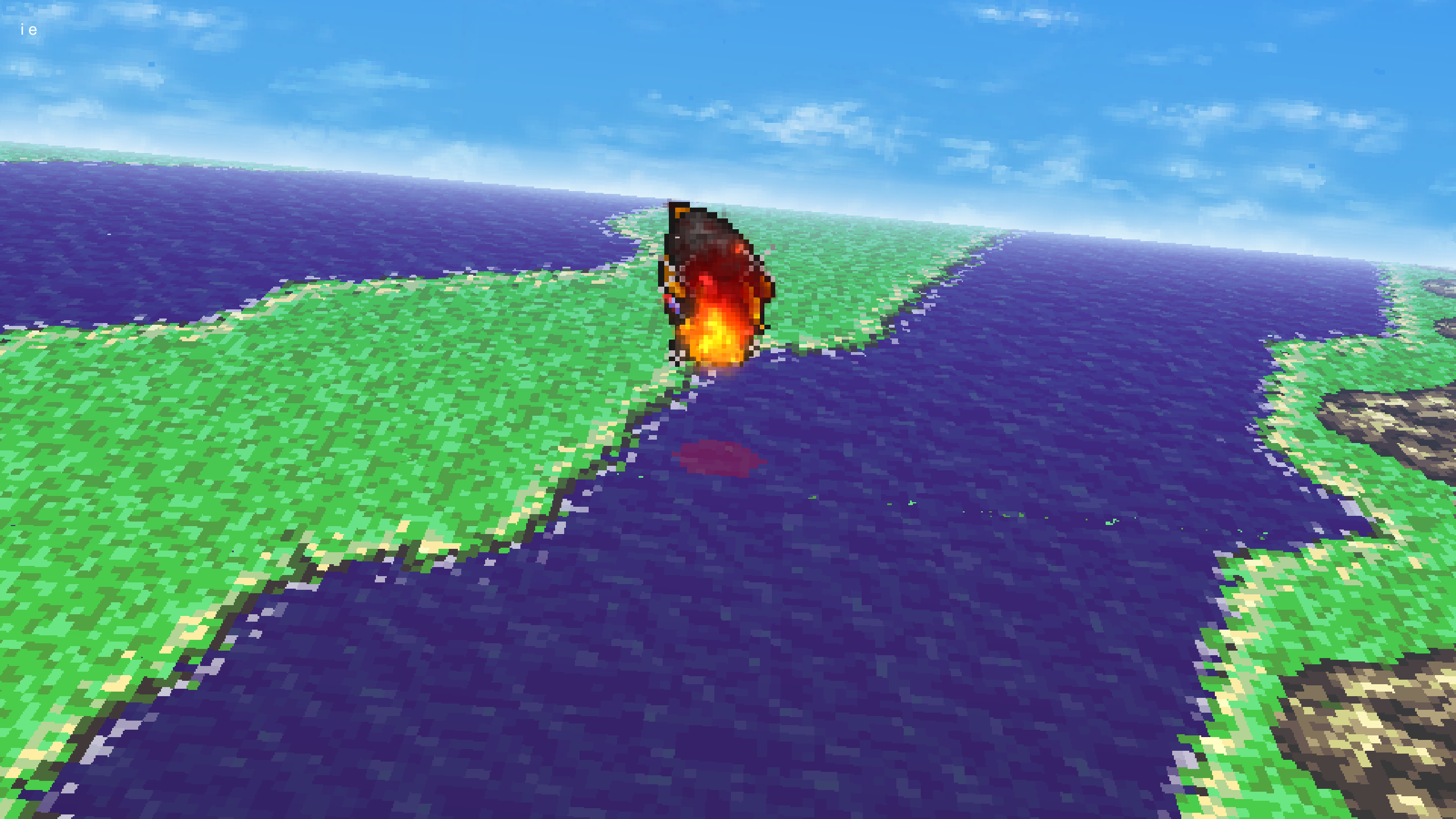











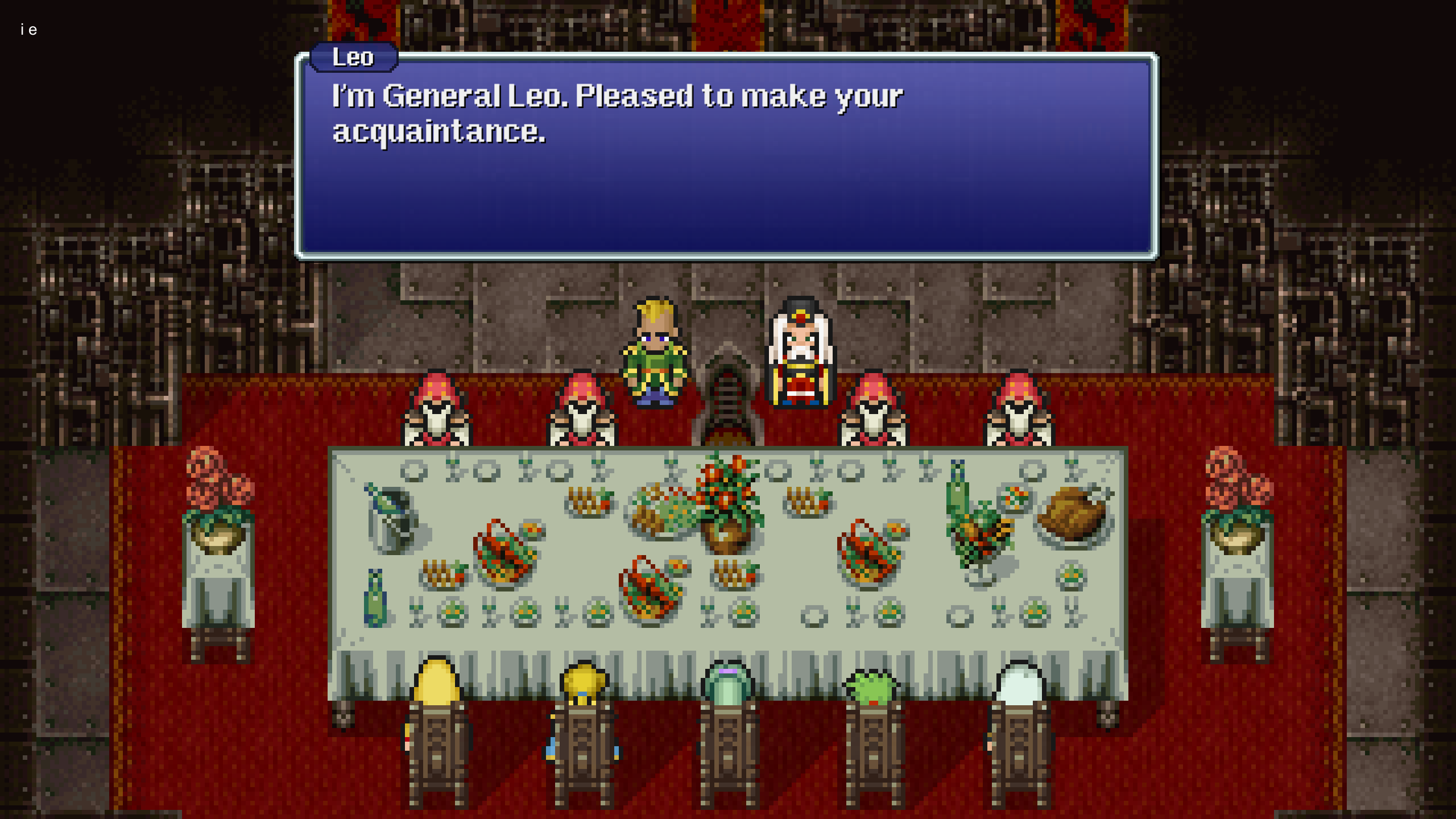


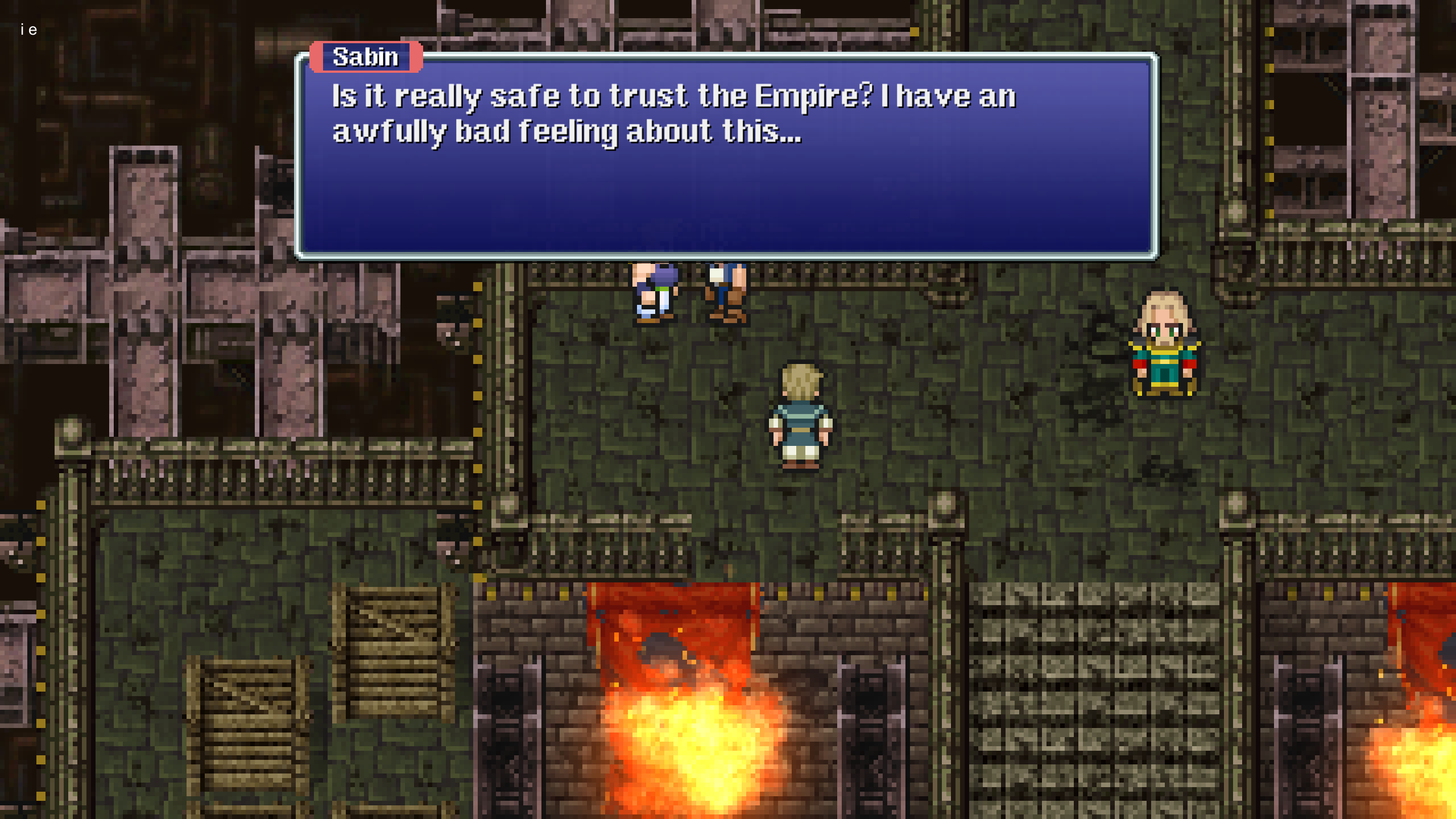











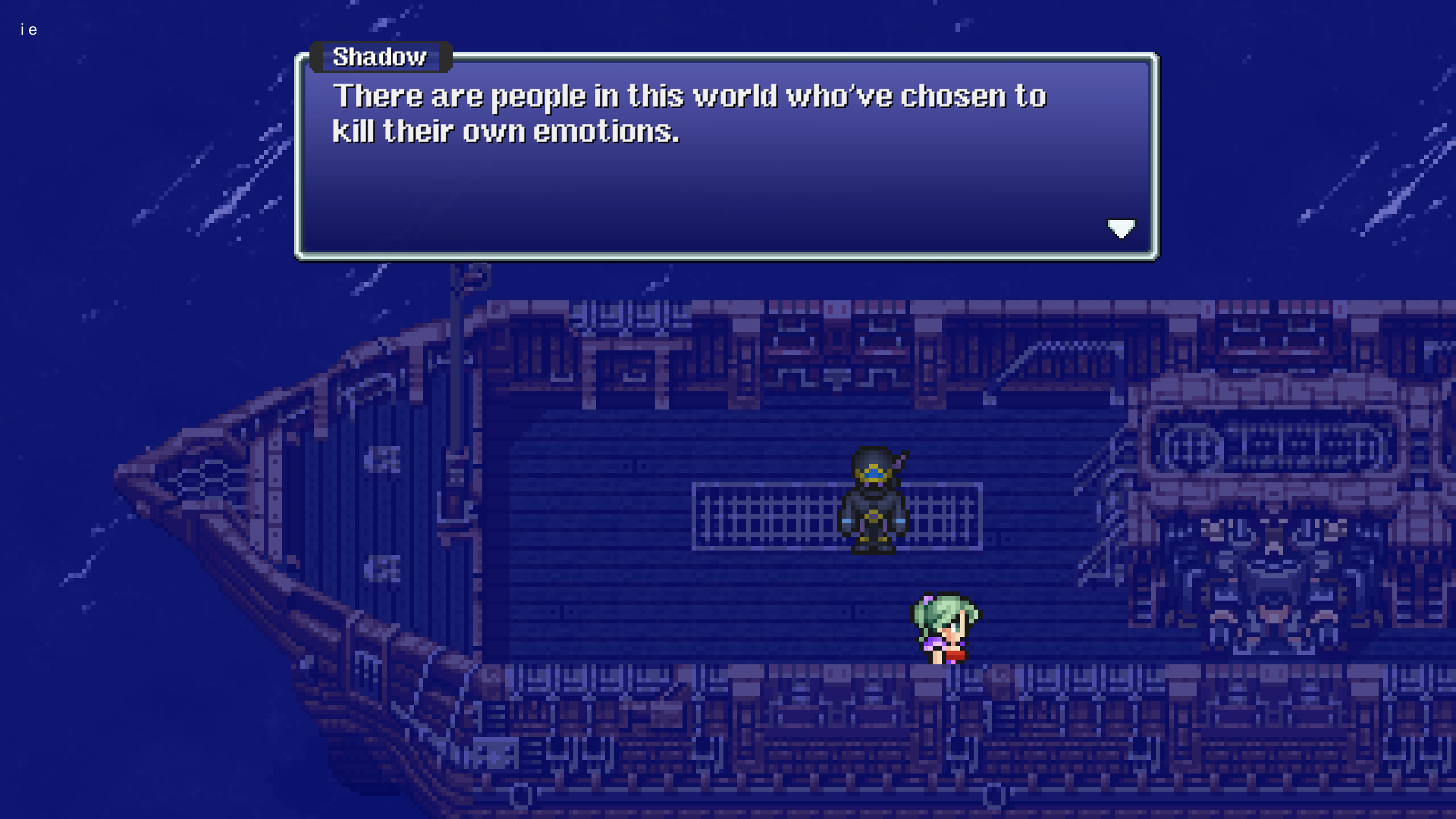








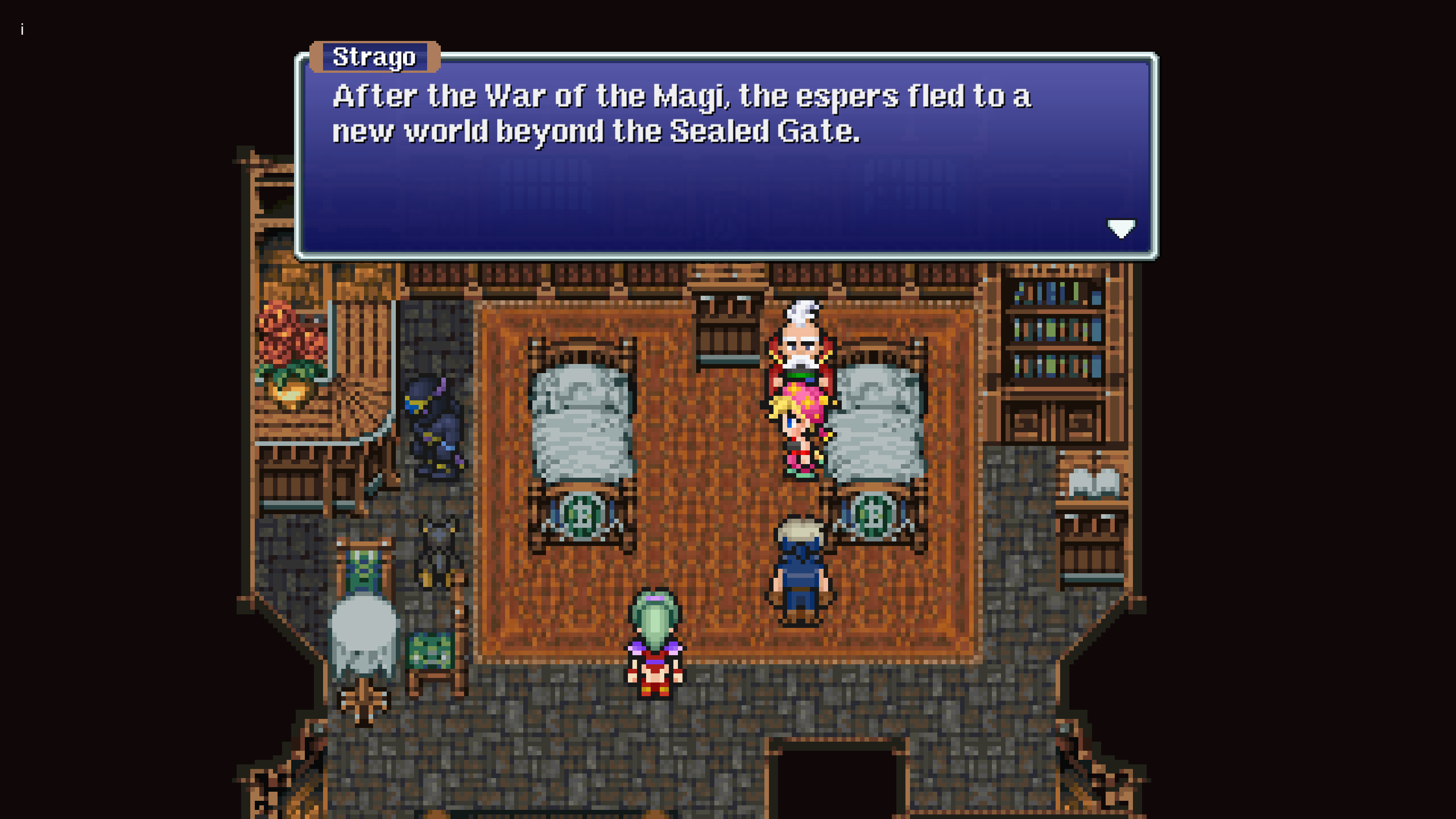






























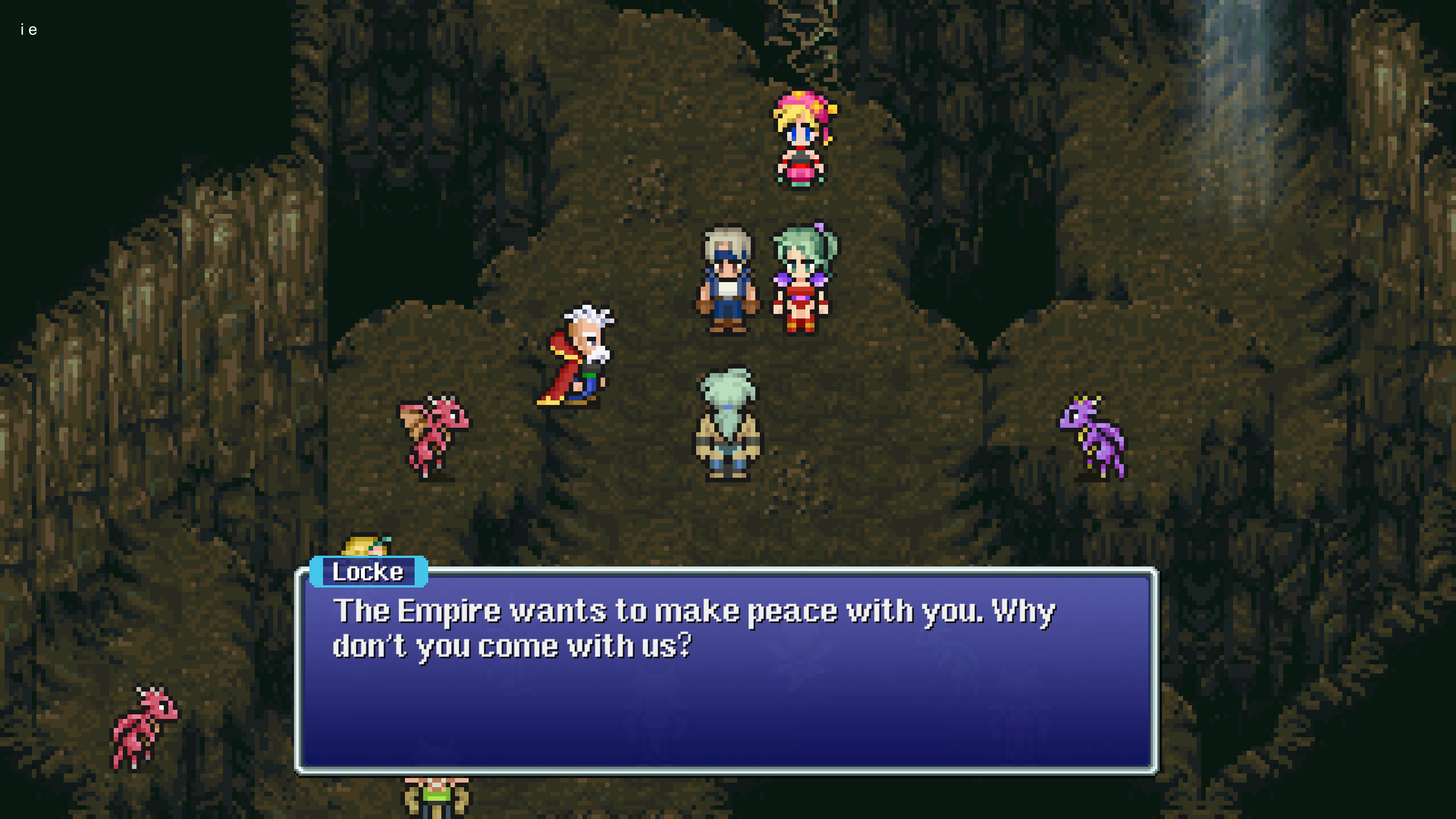
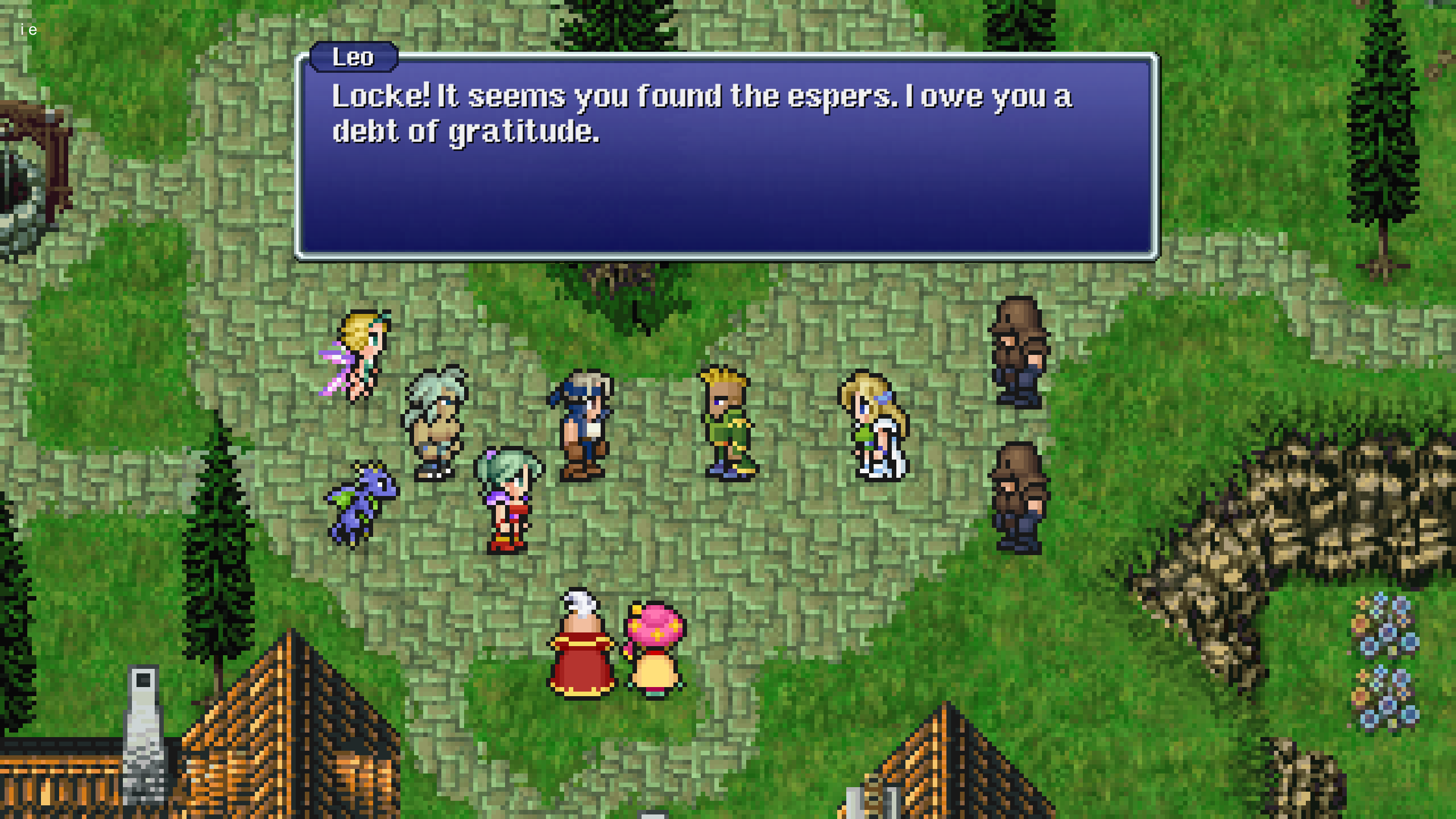
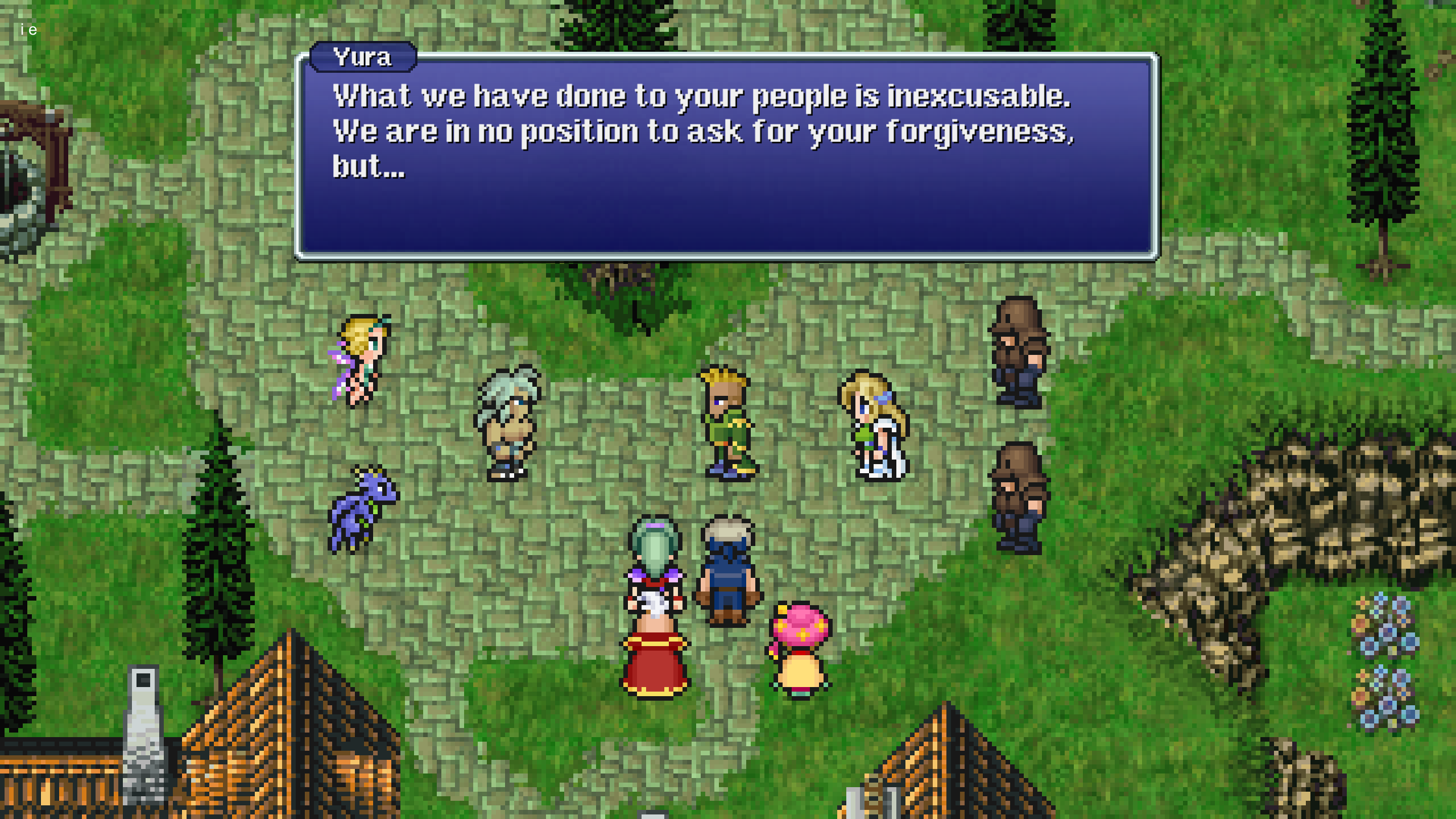

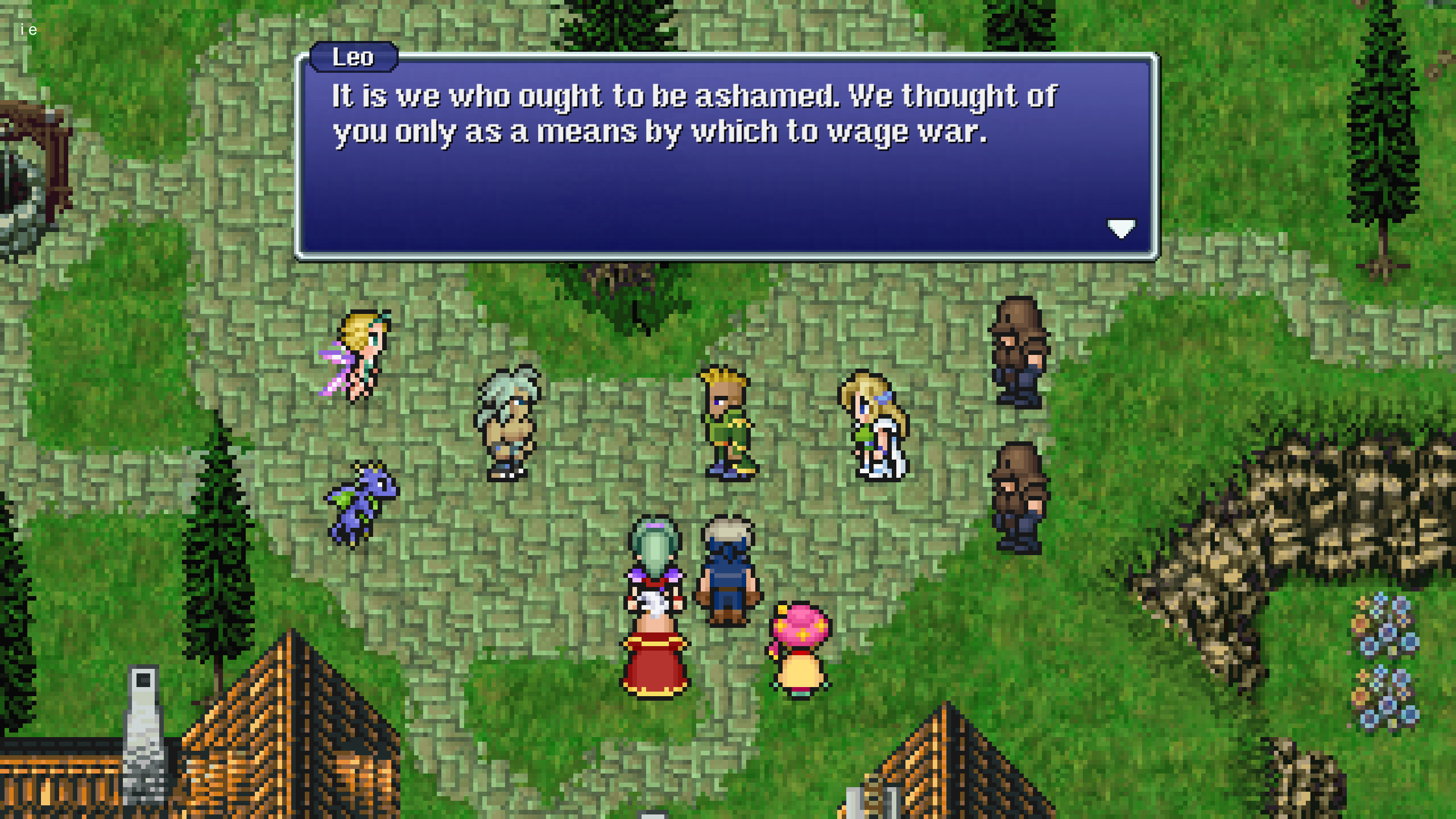












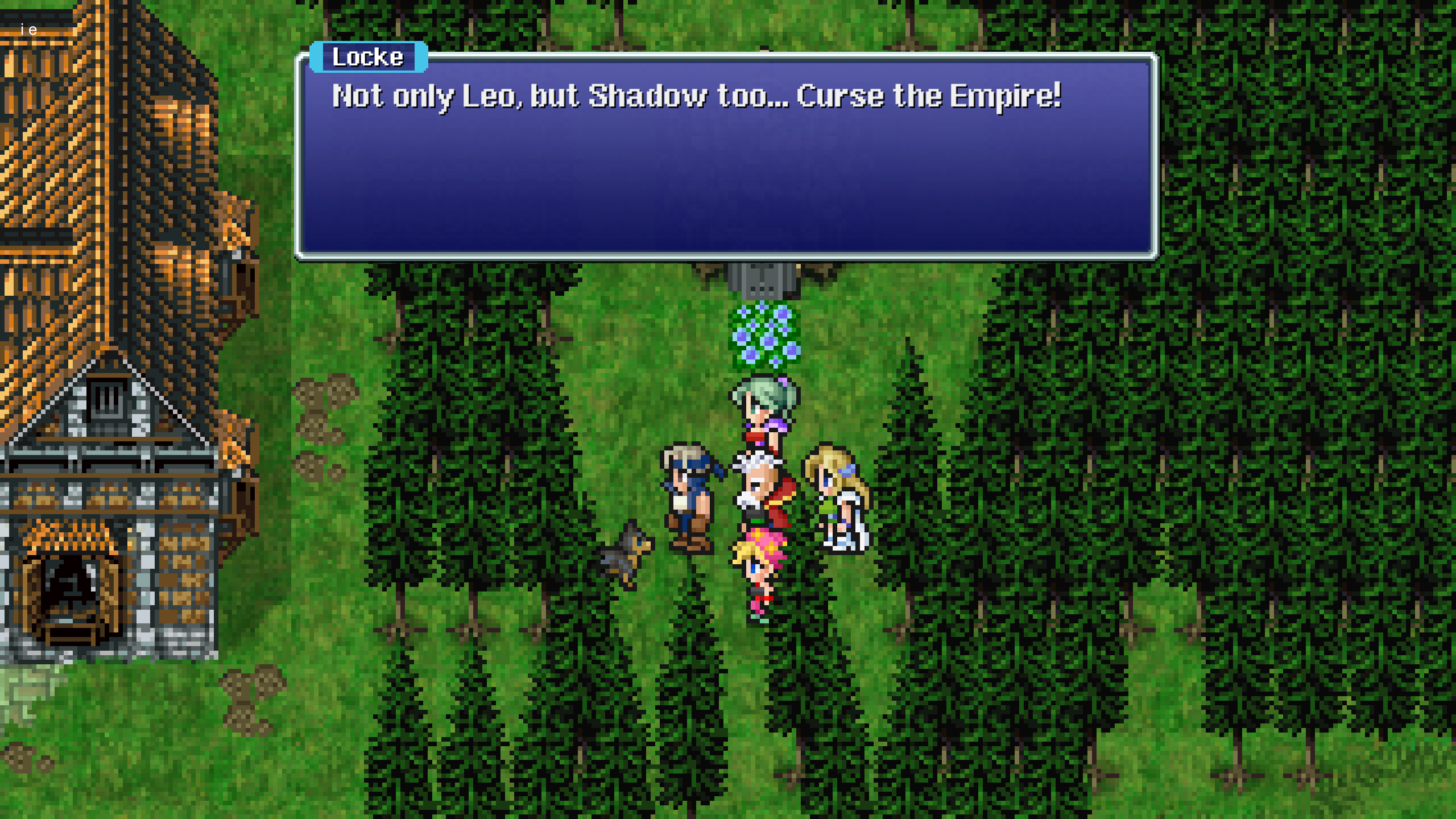



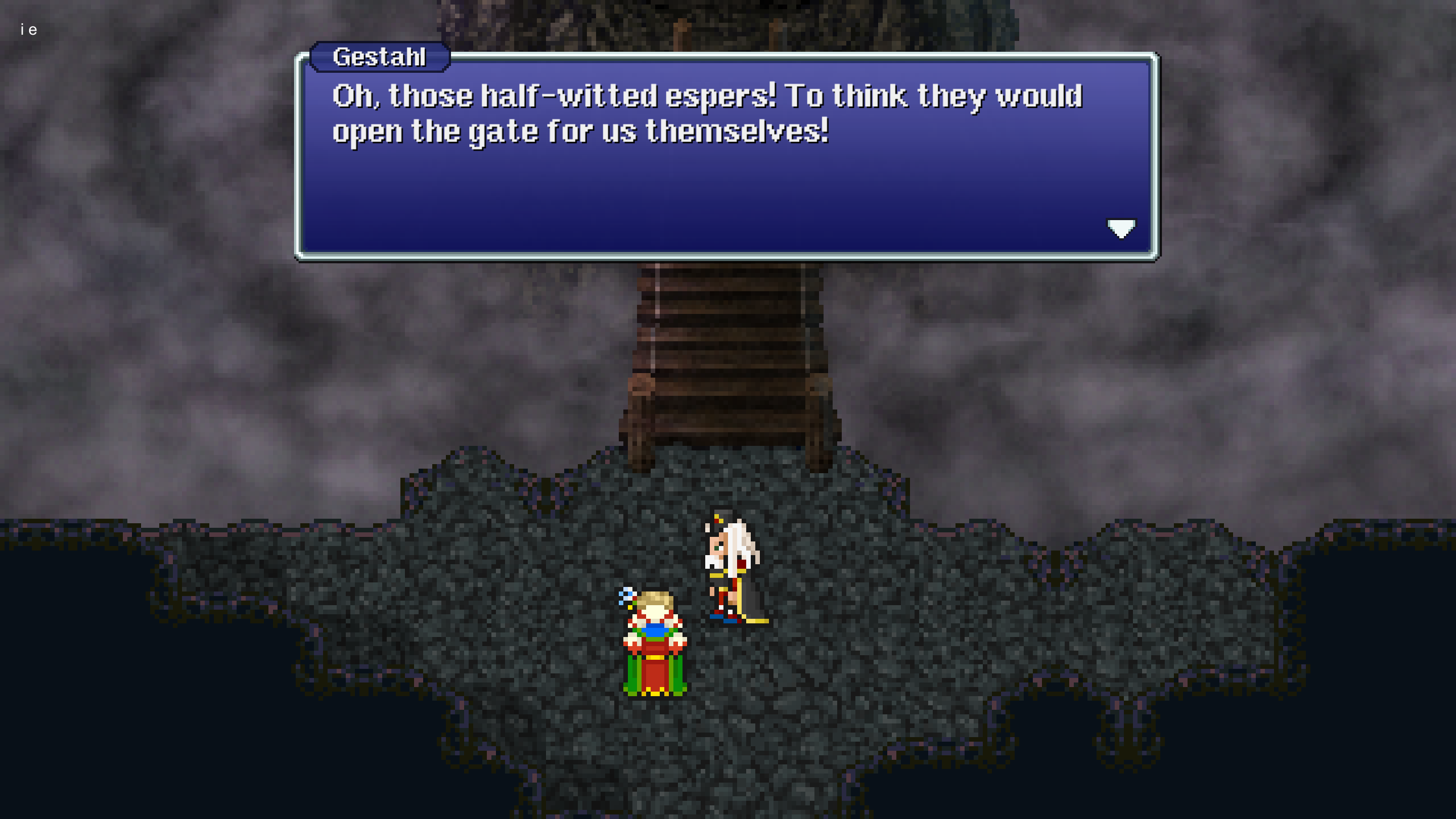











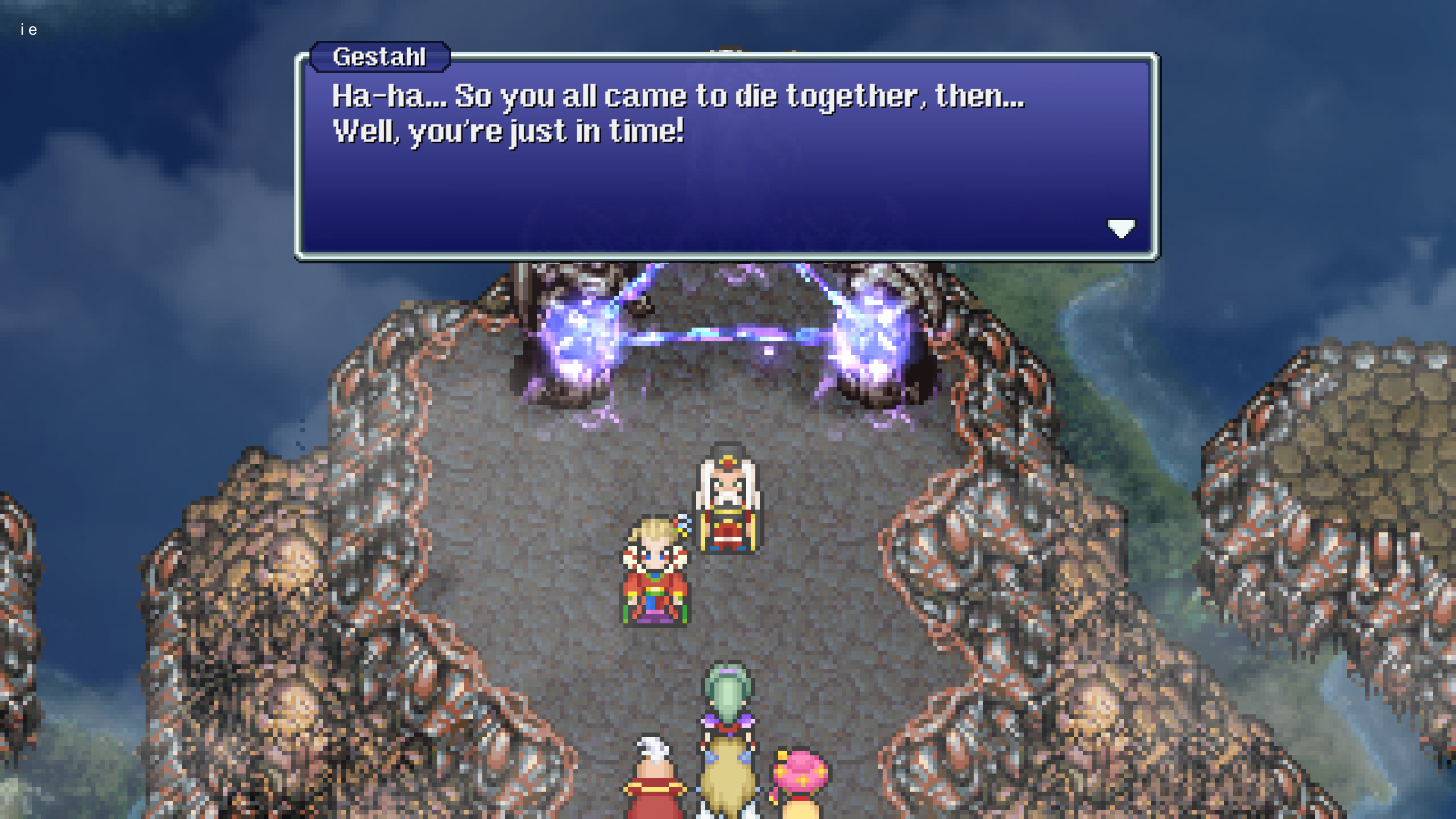





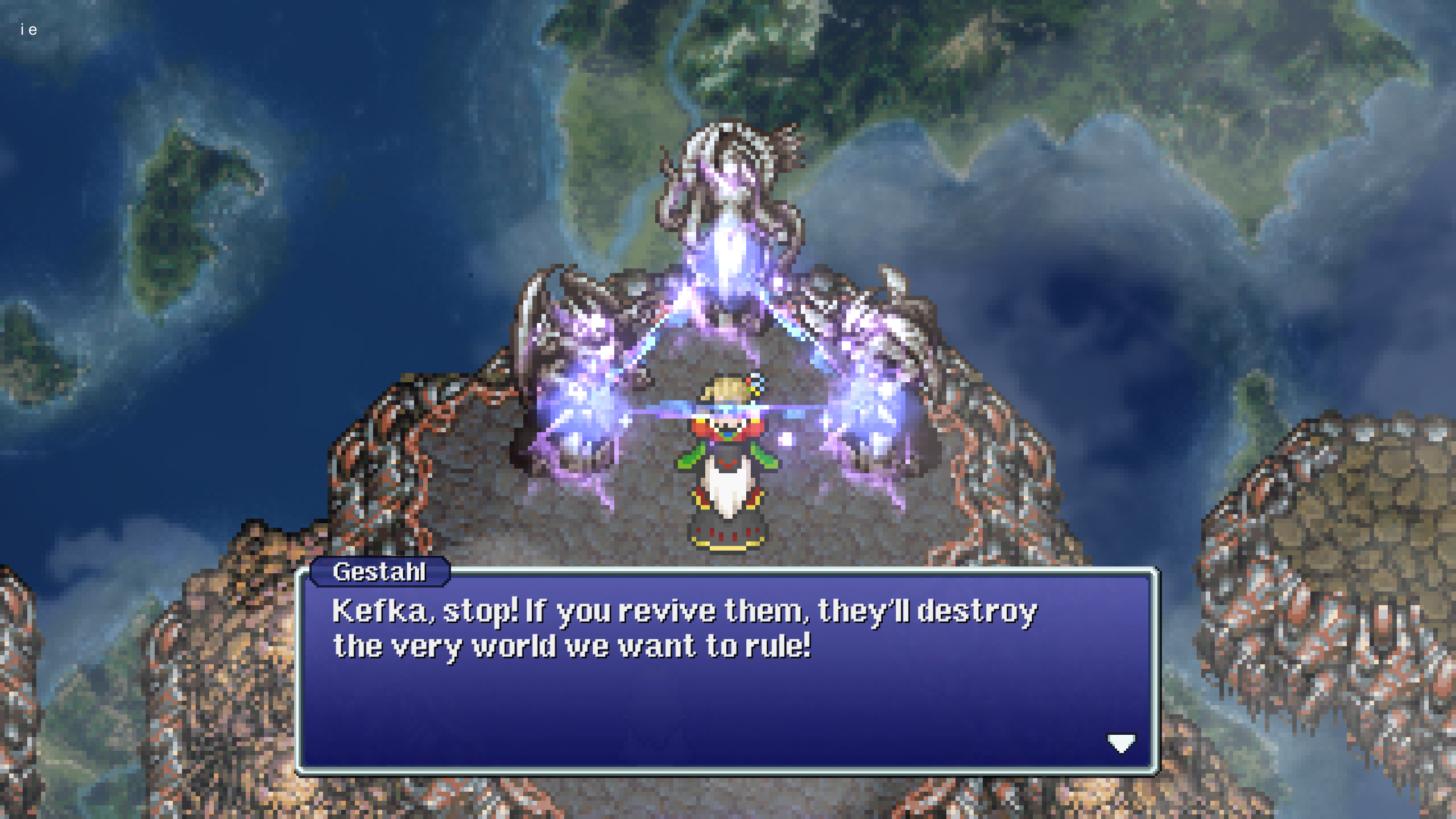

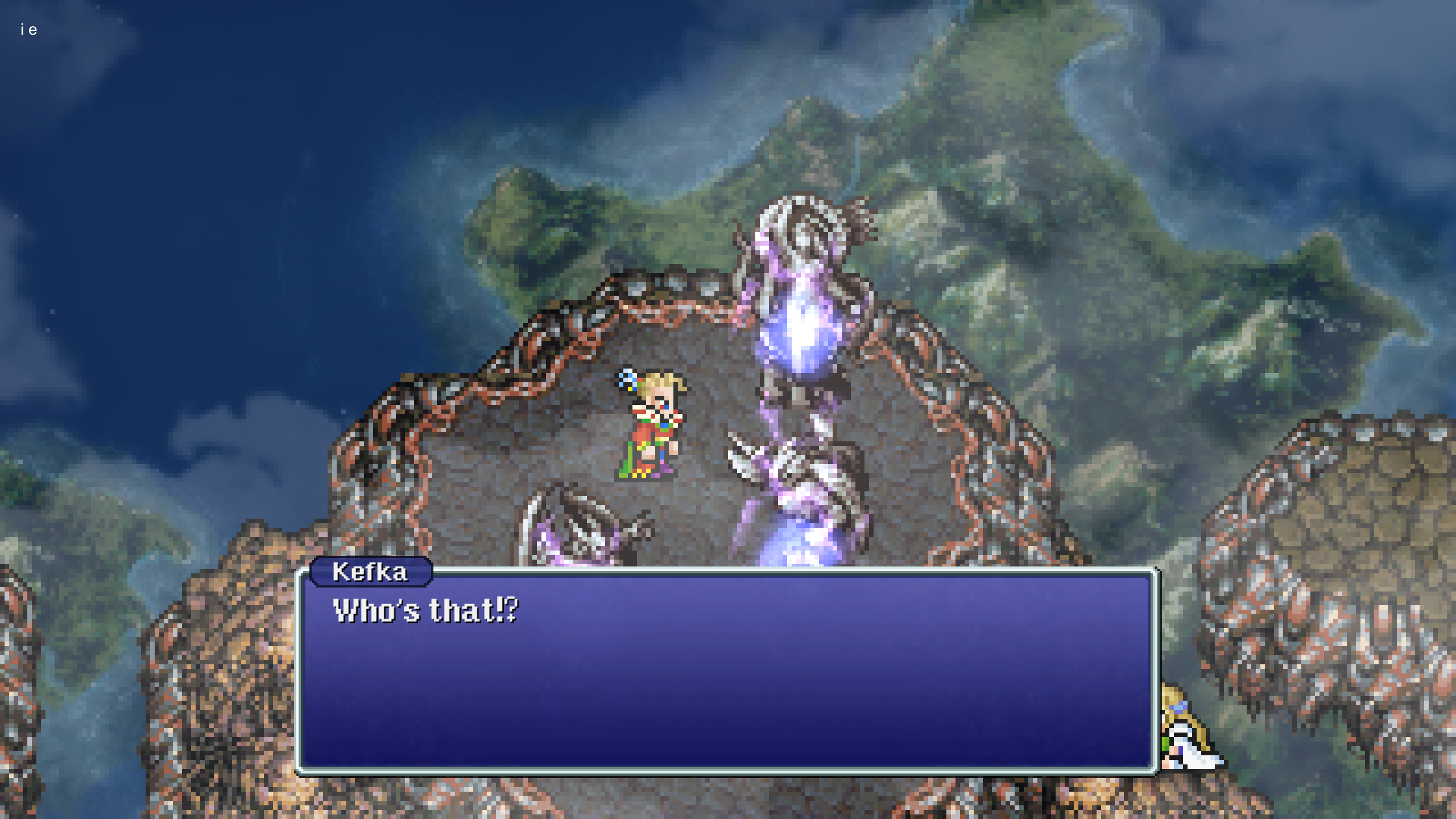
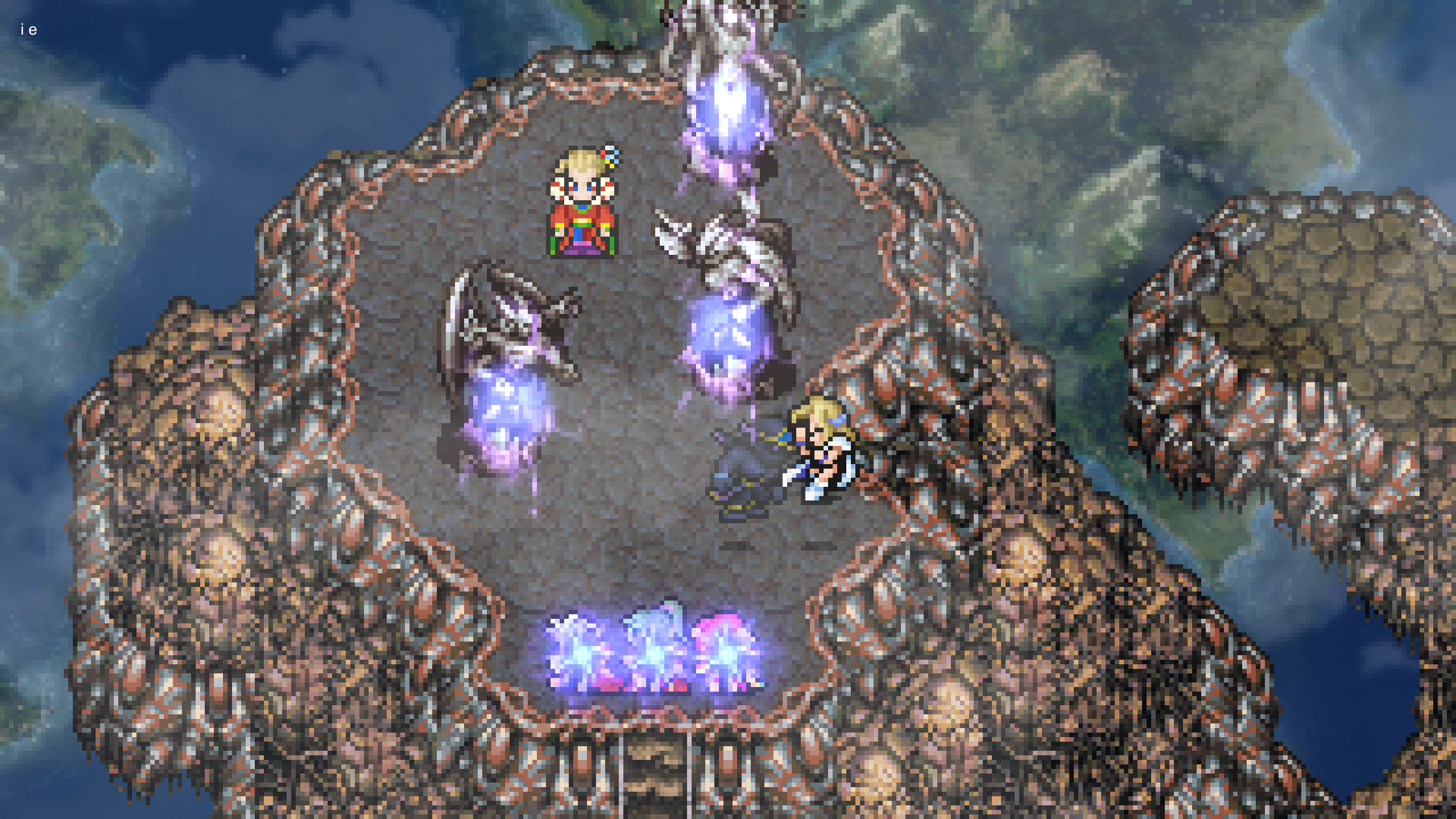
























Leave a Reply